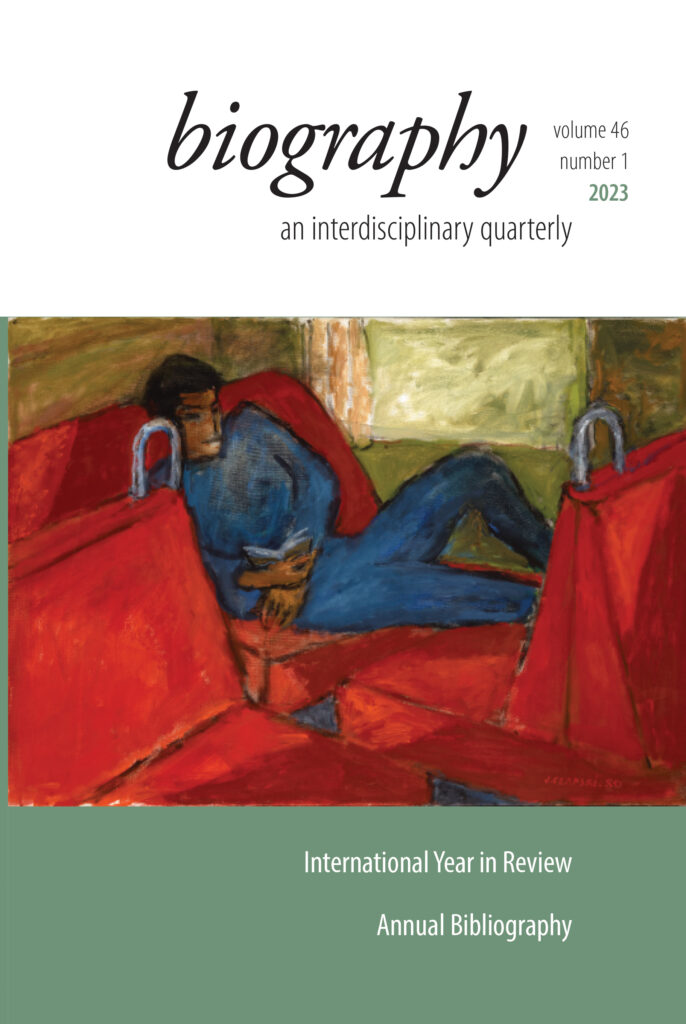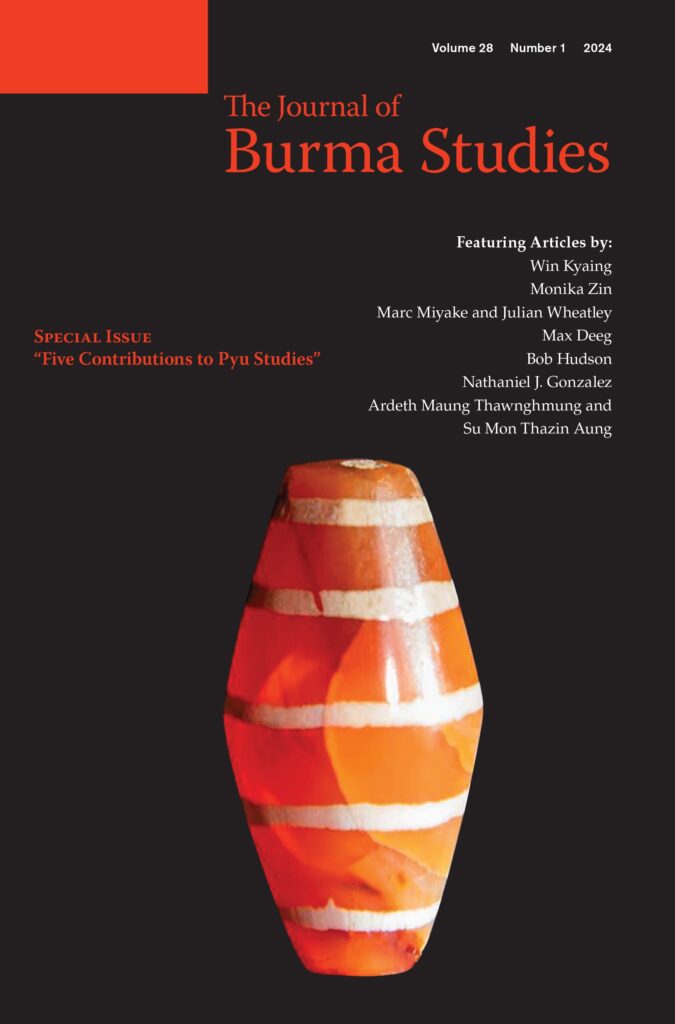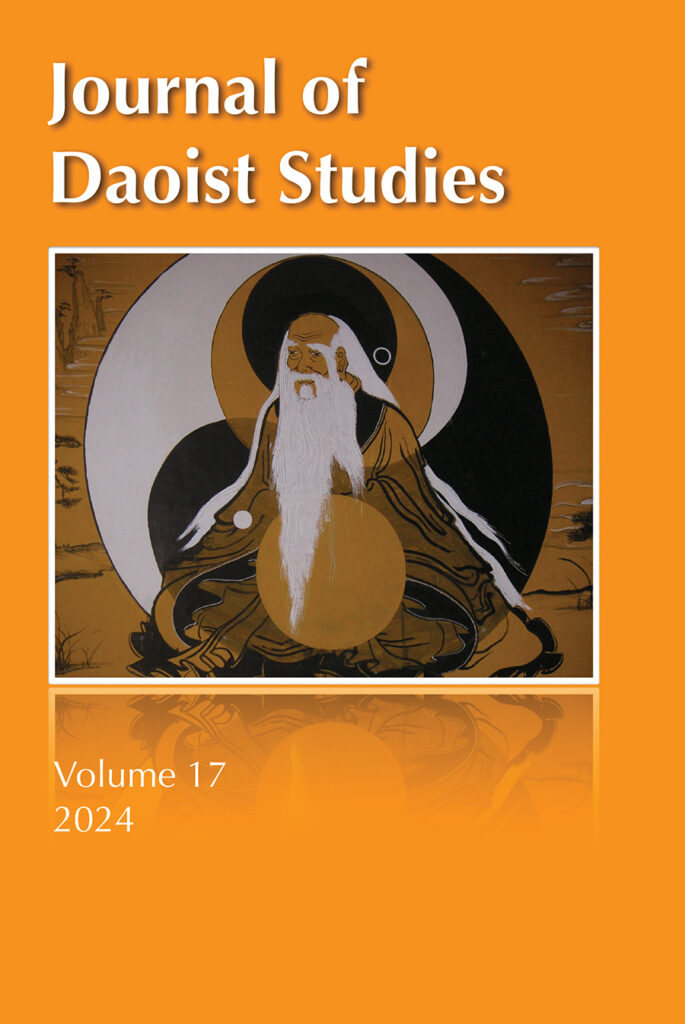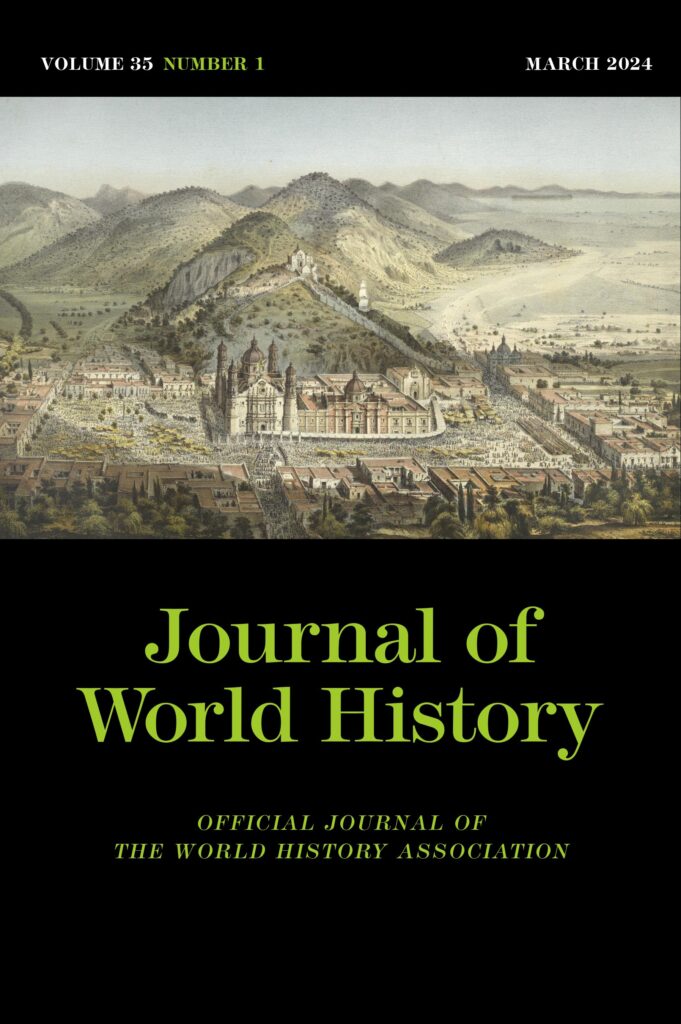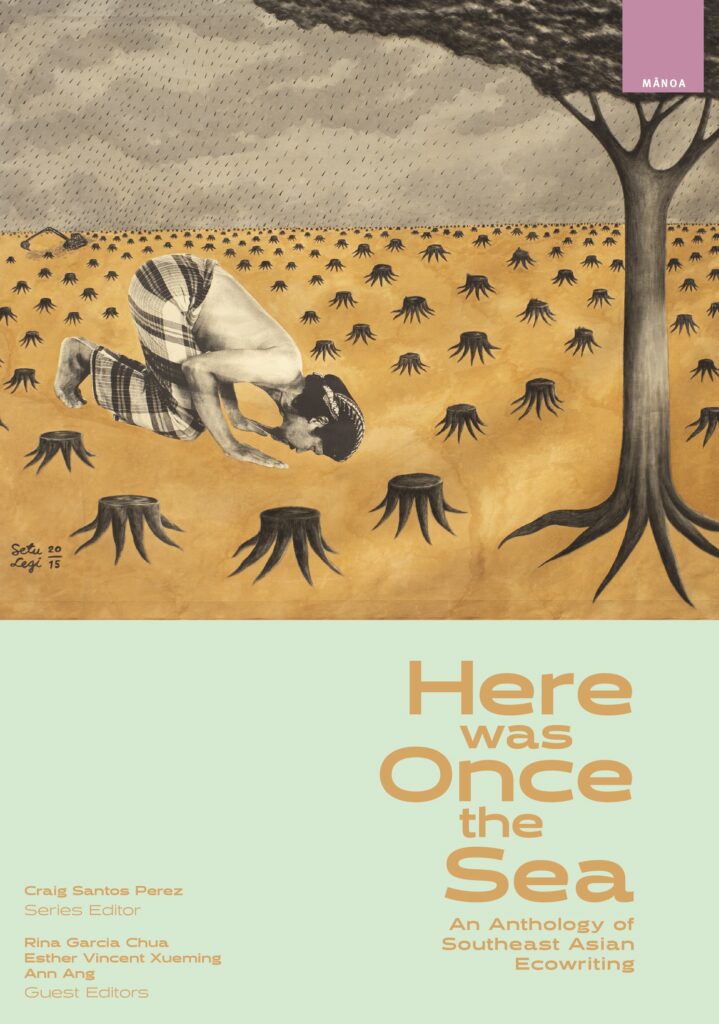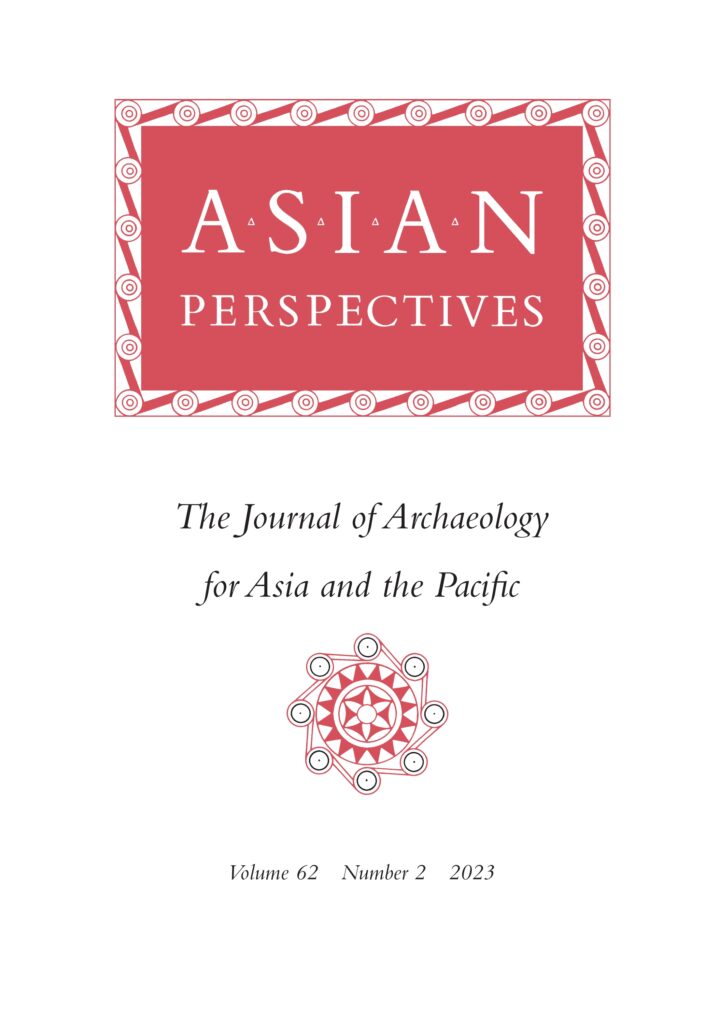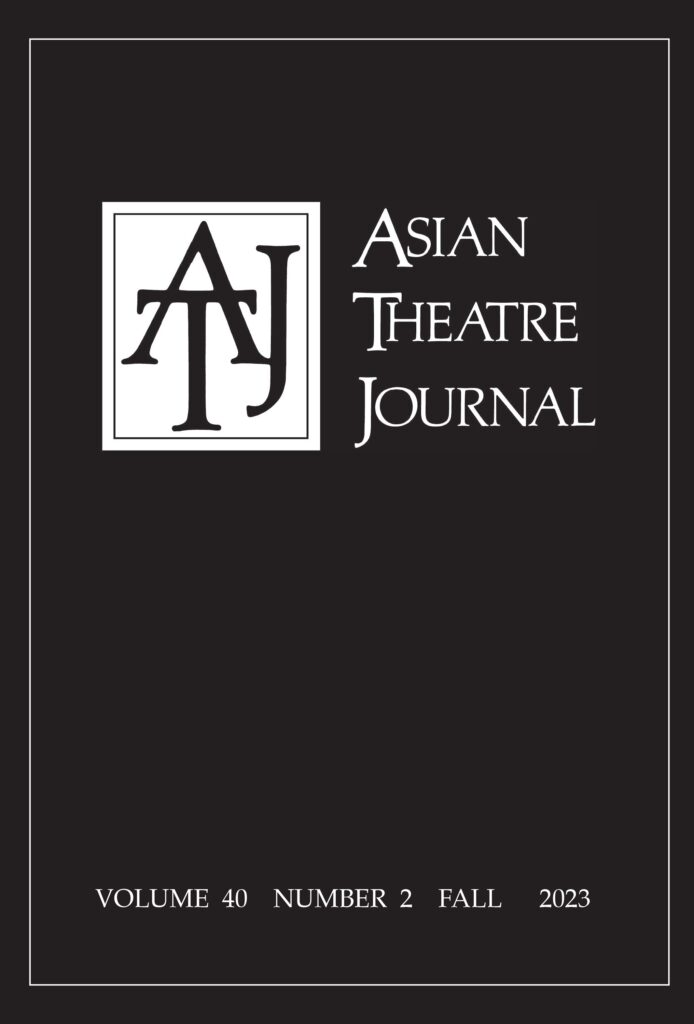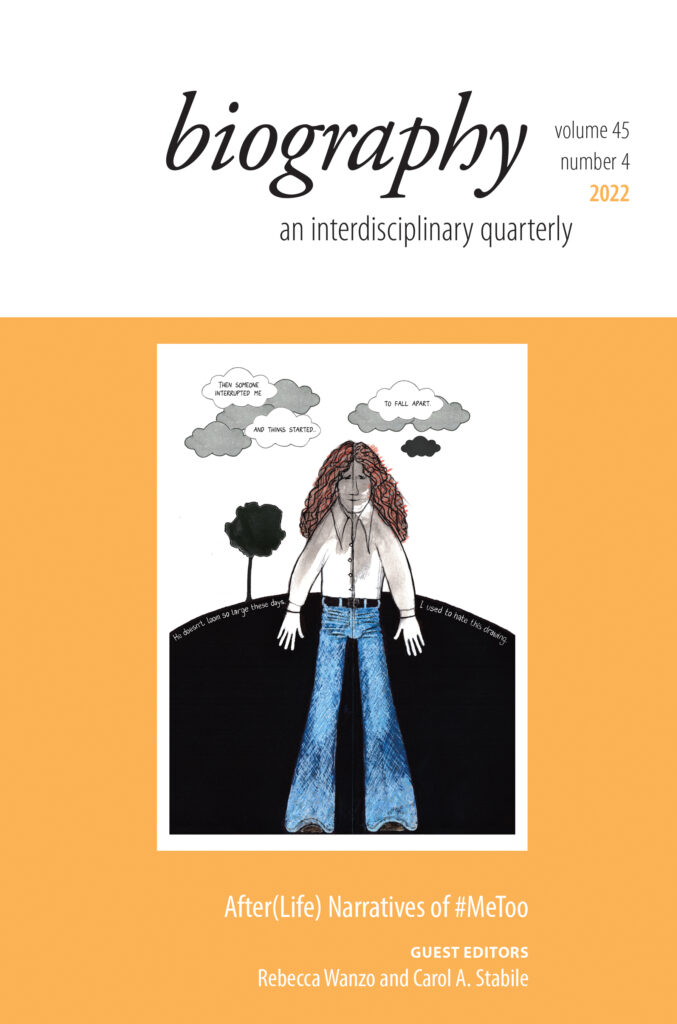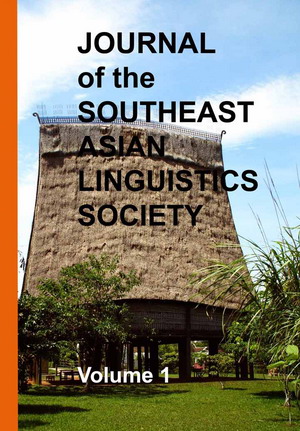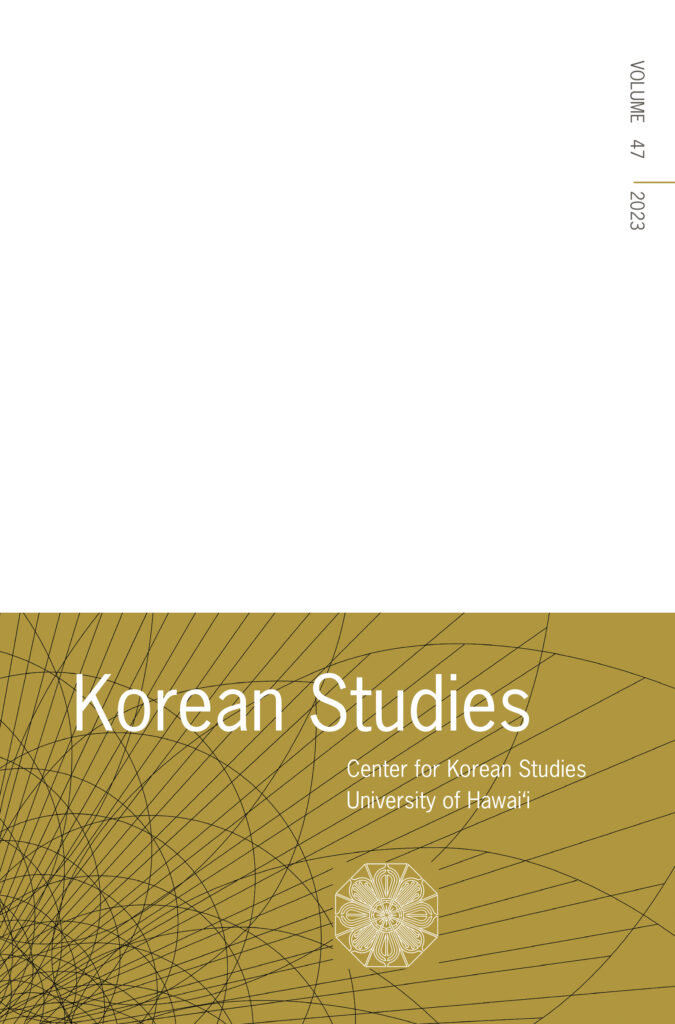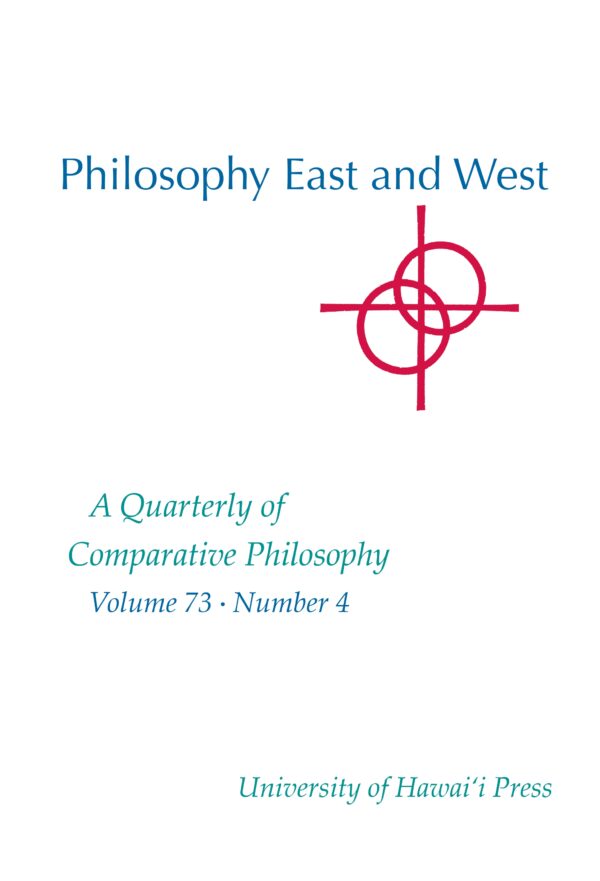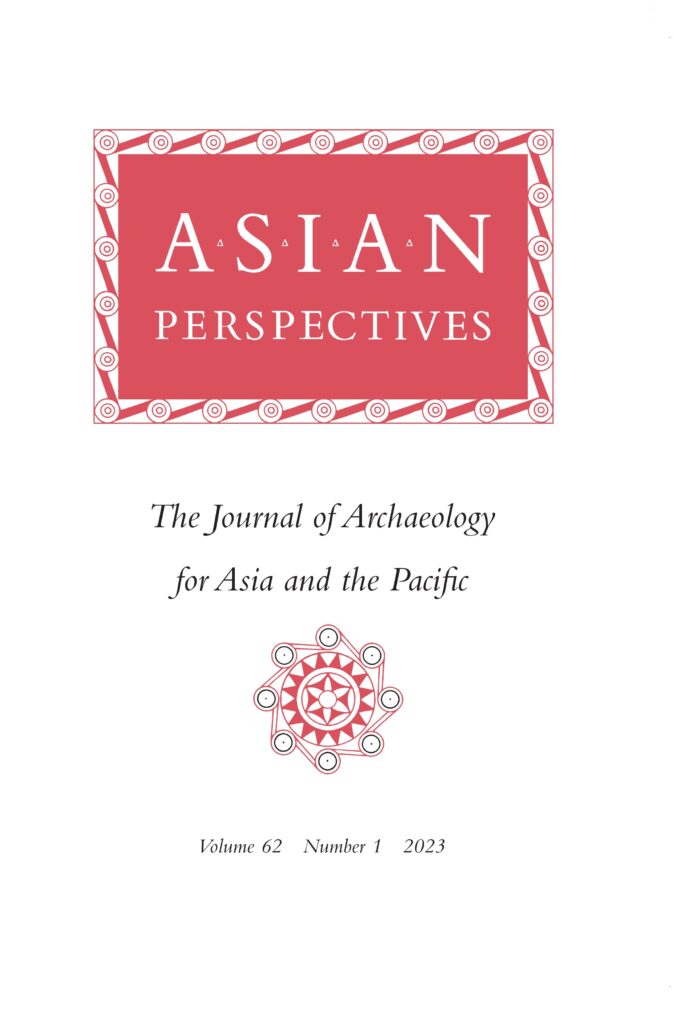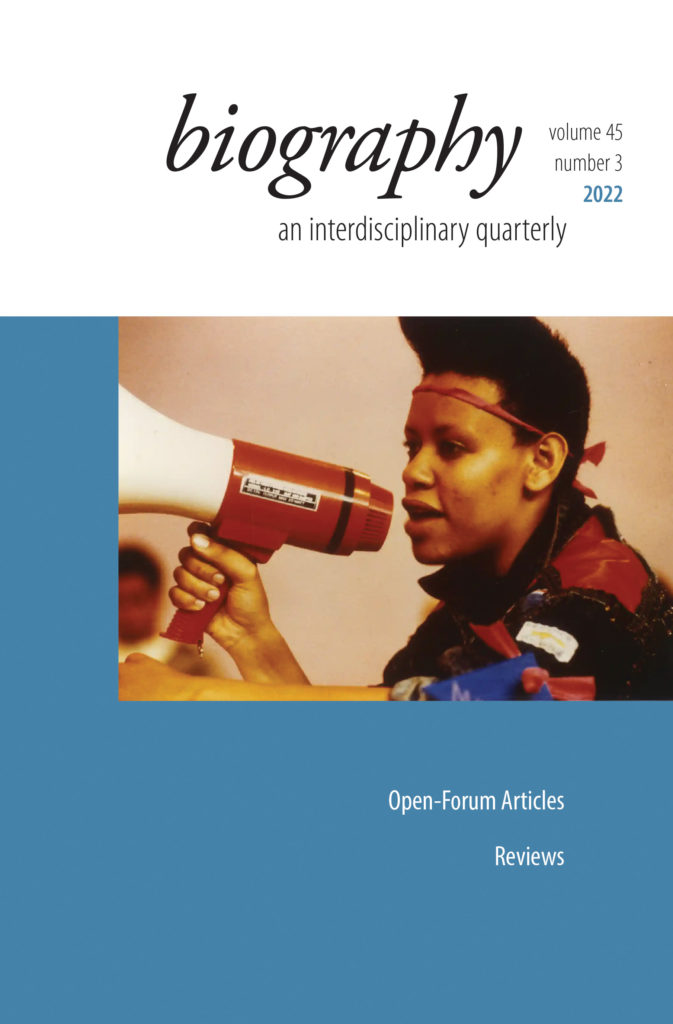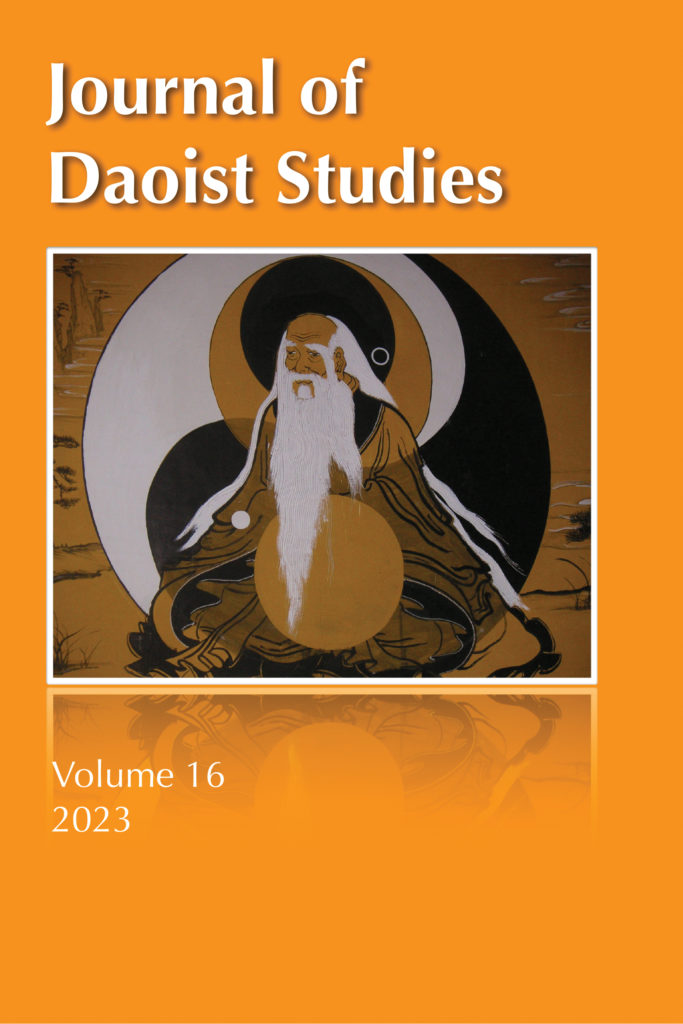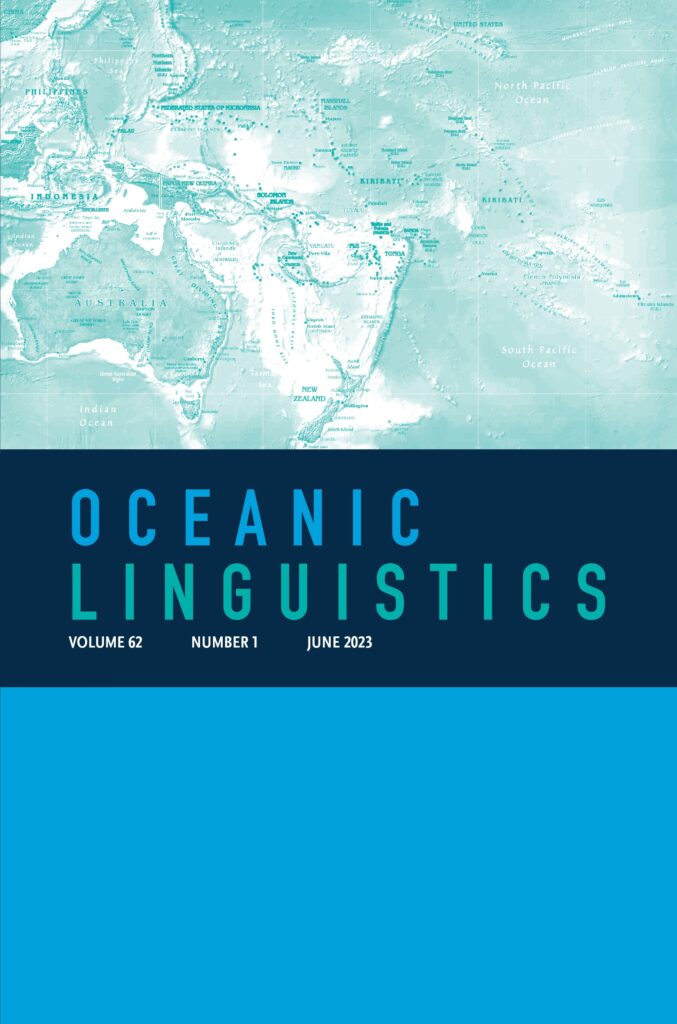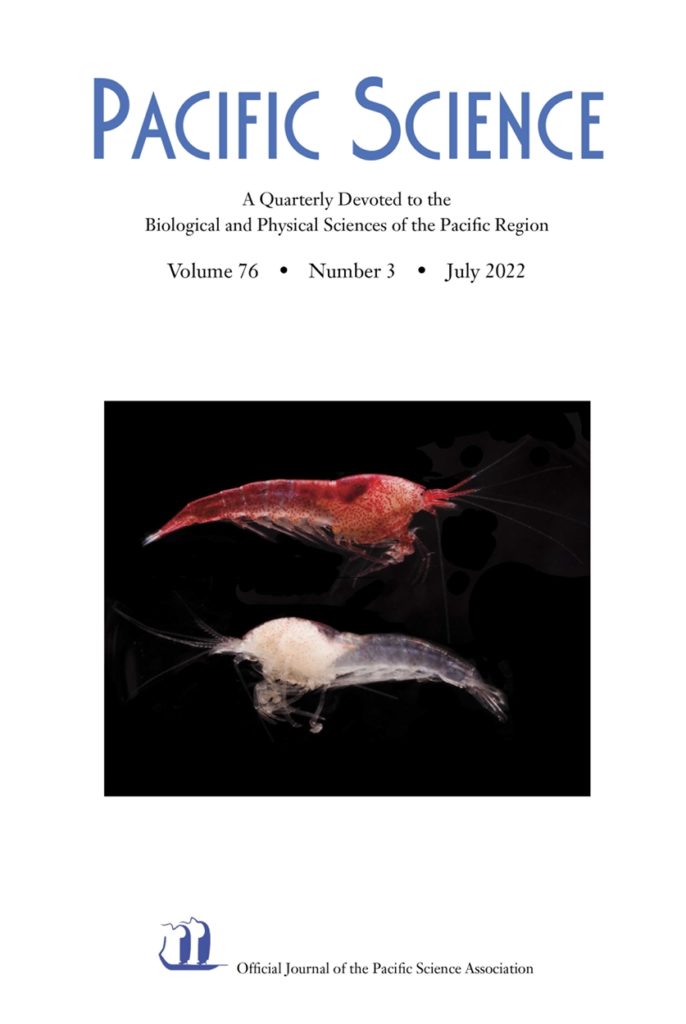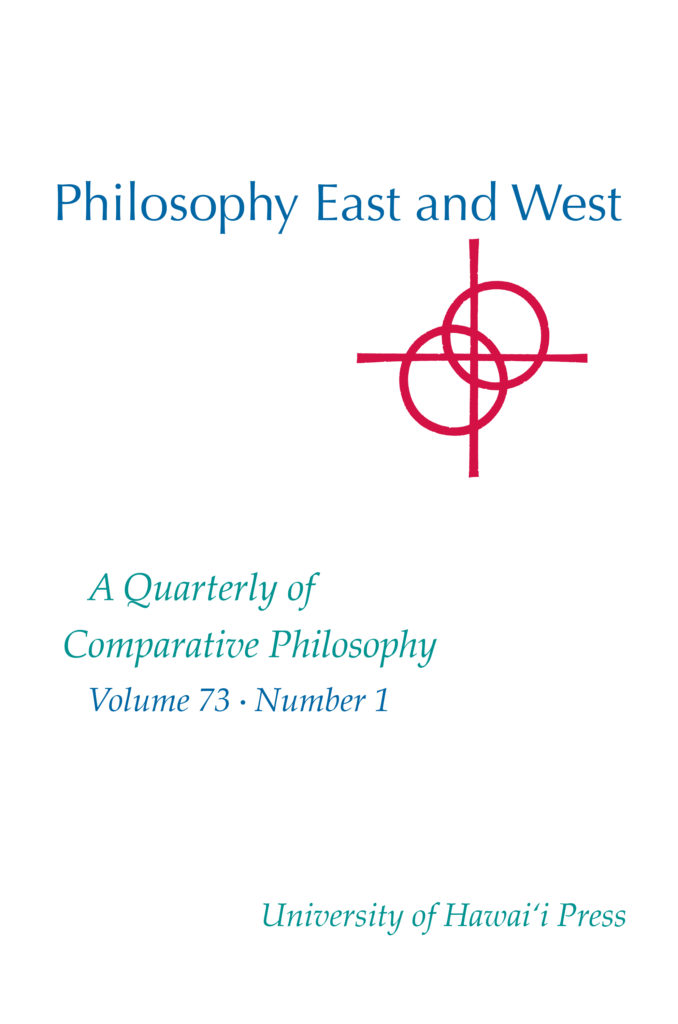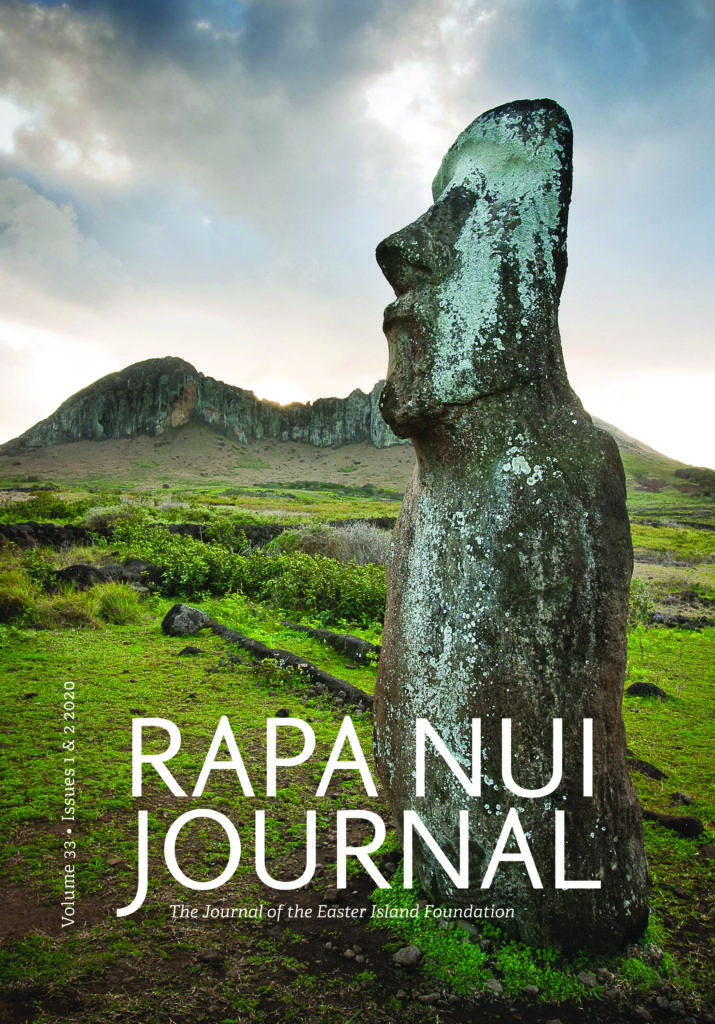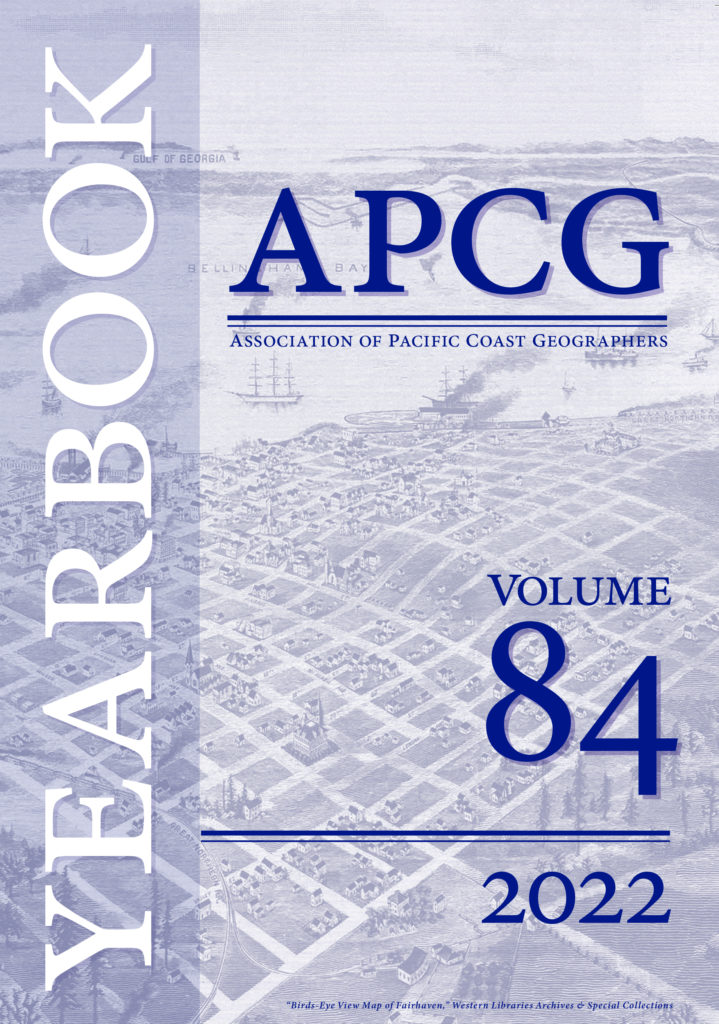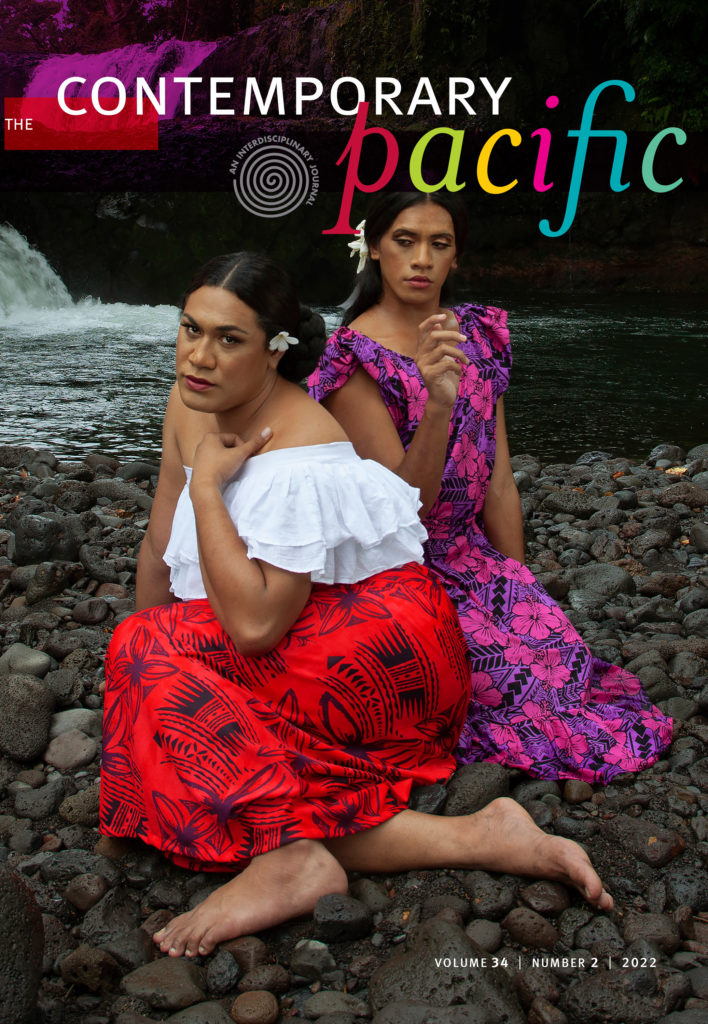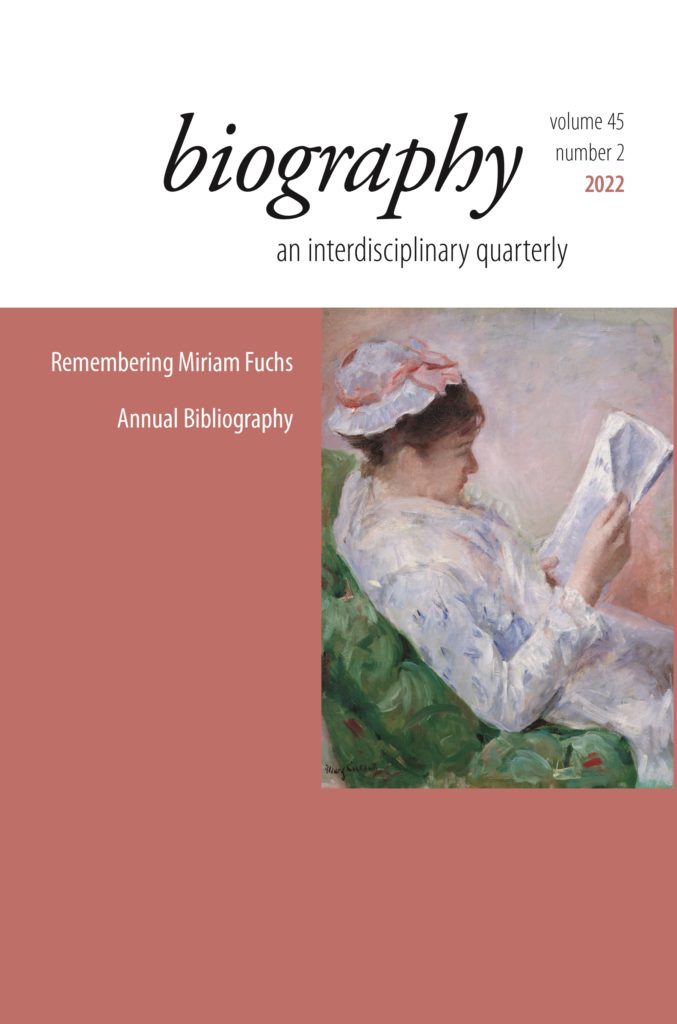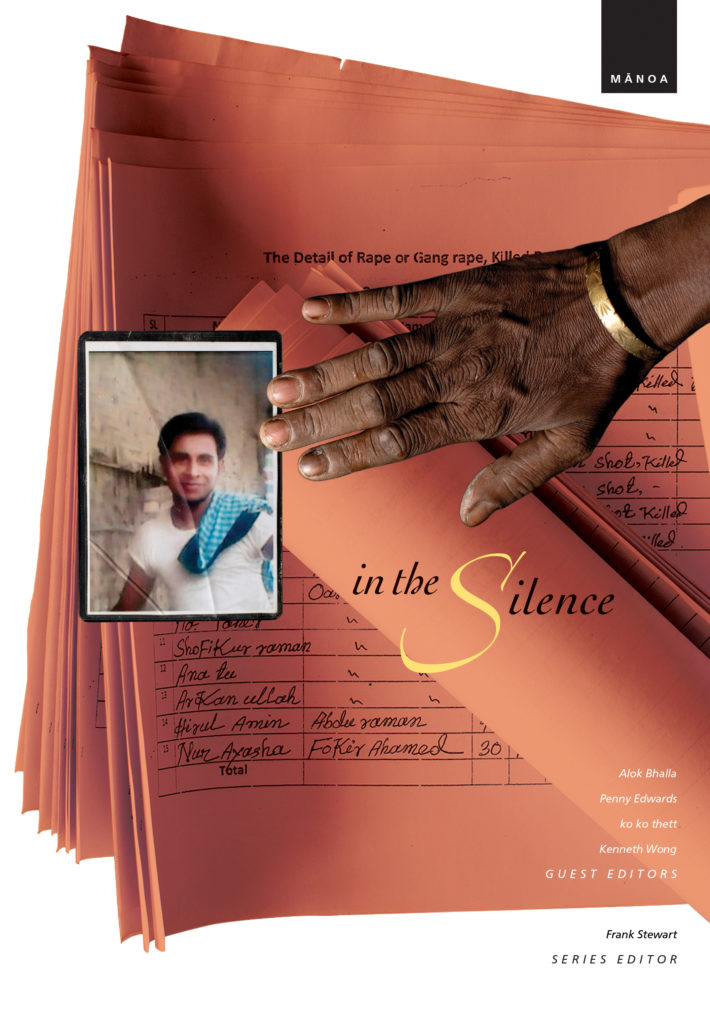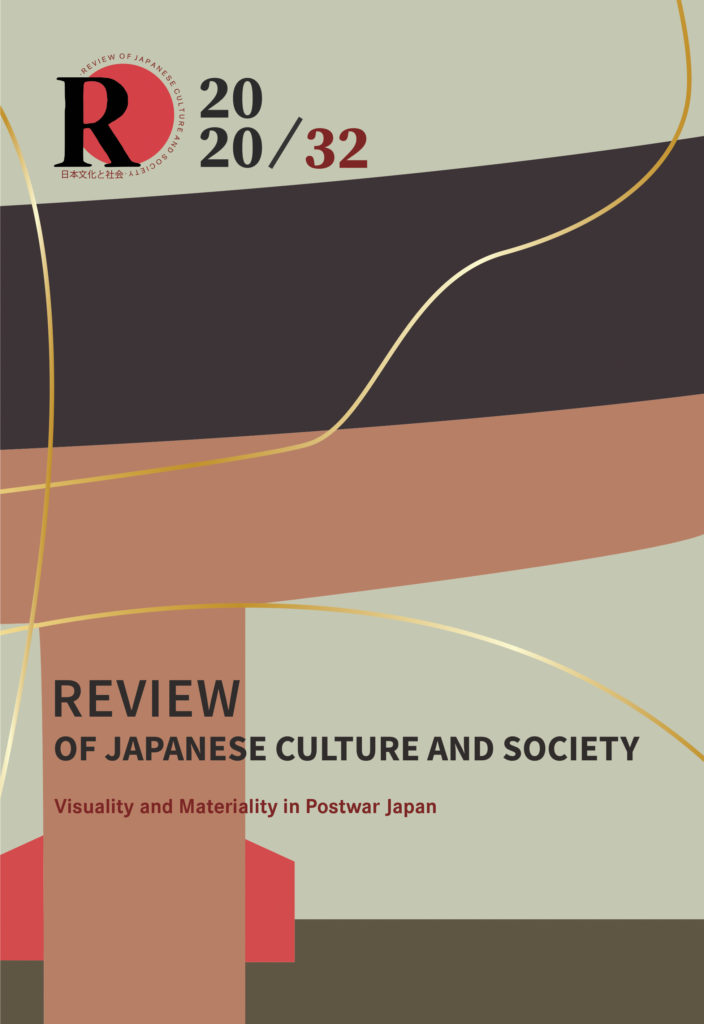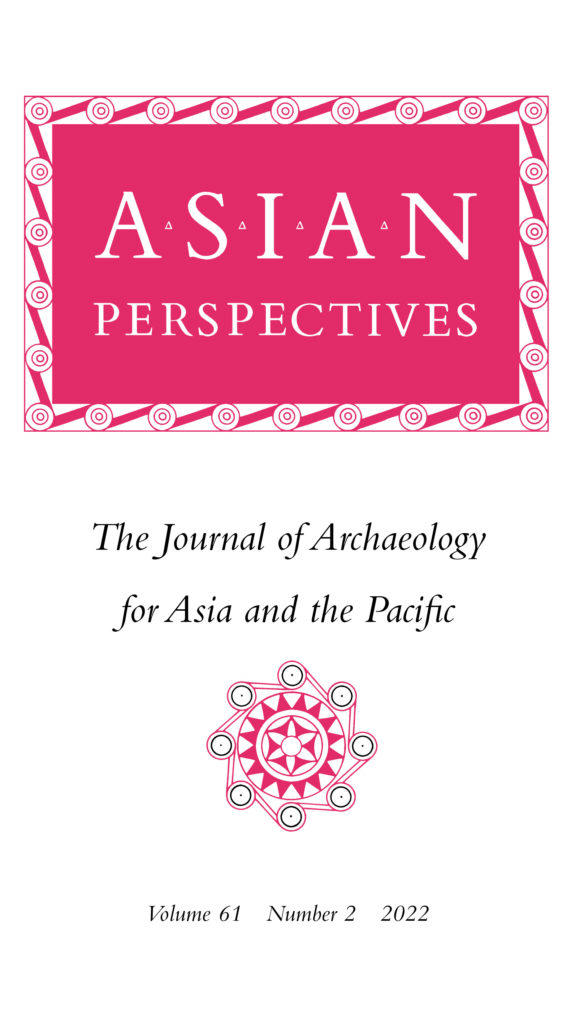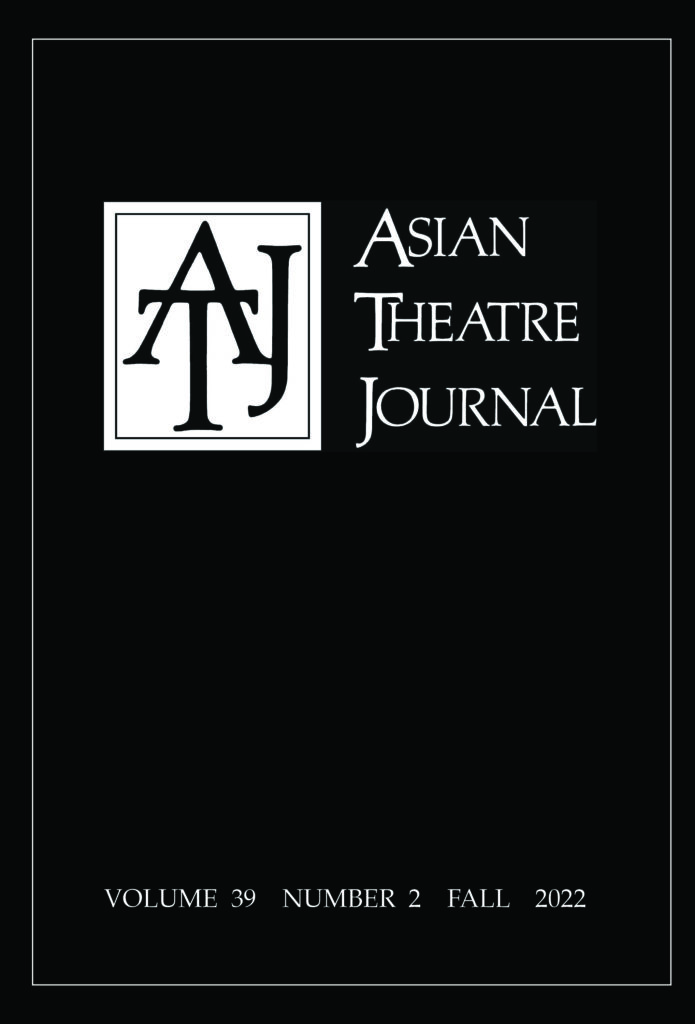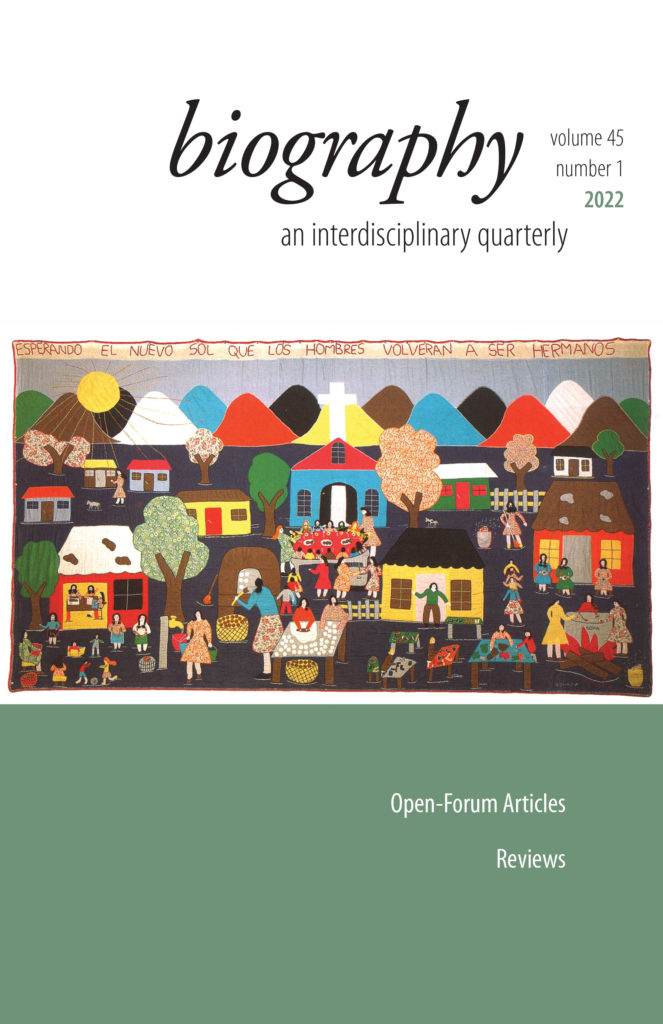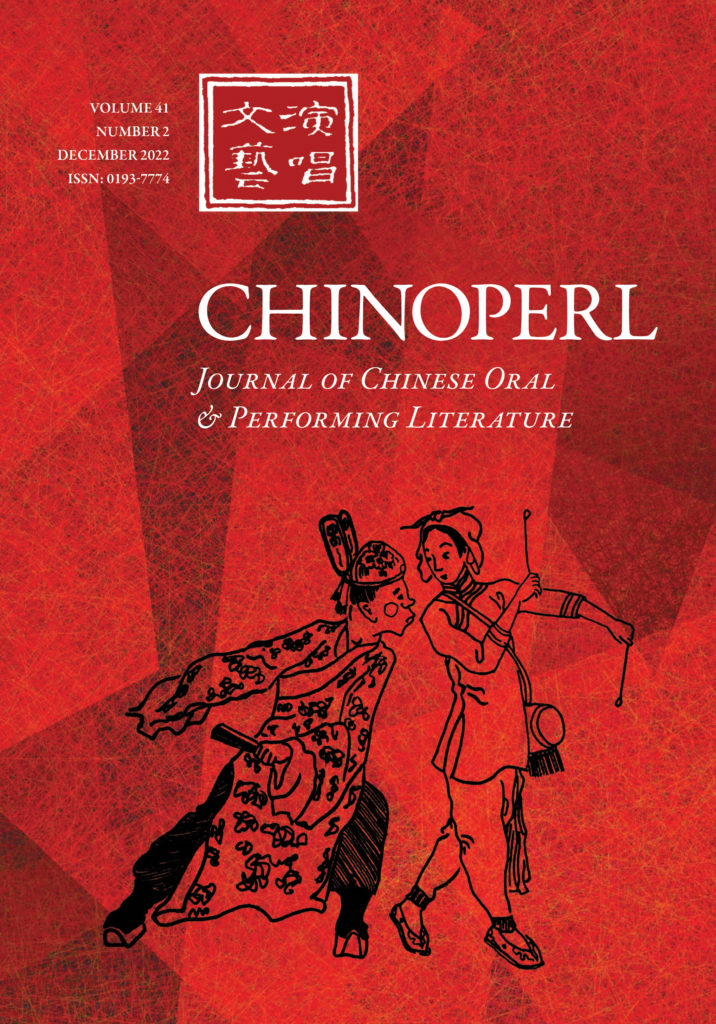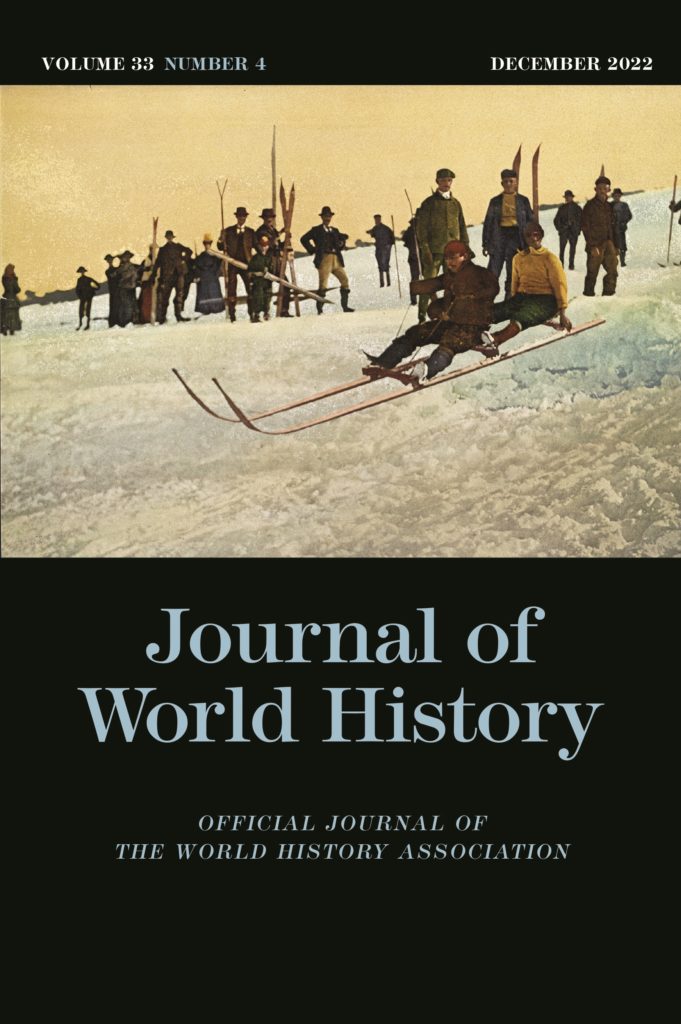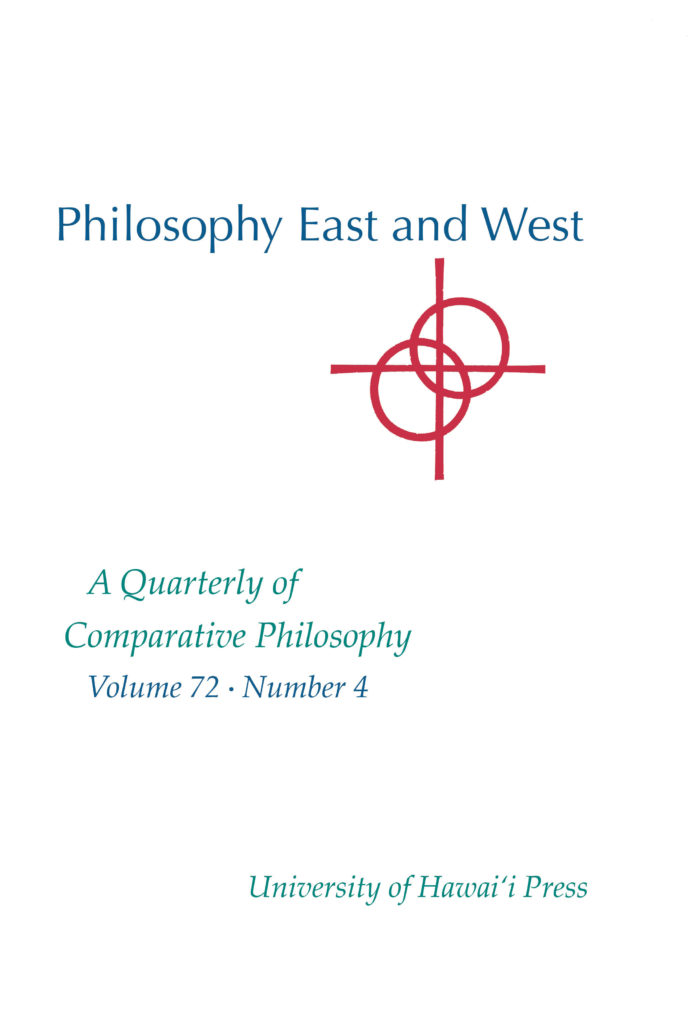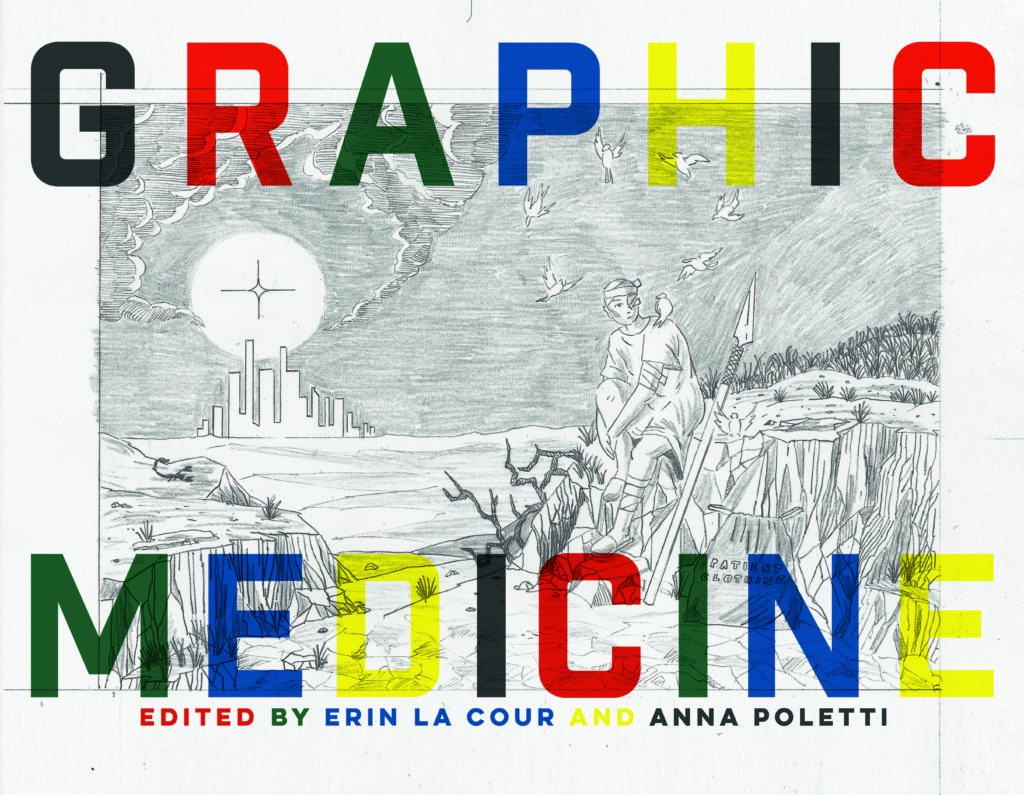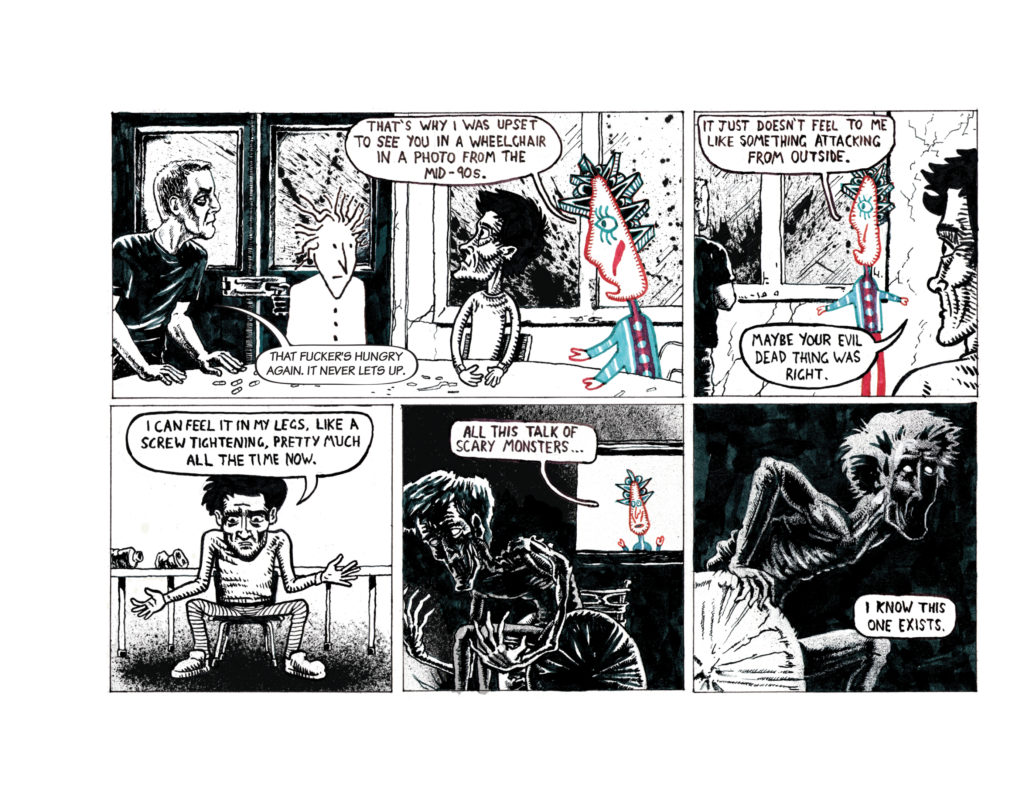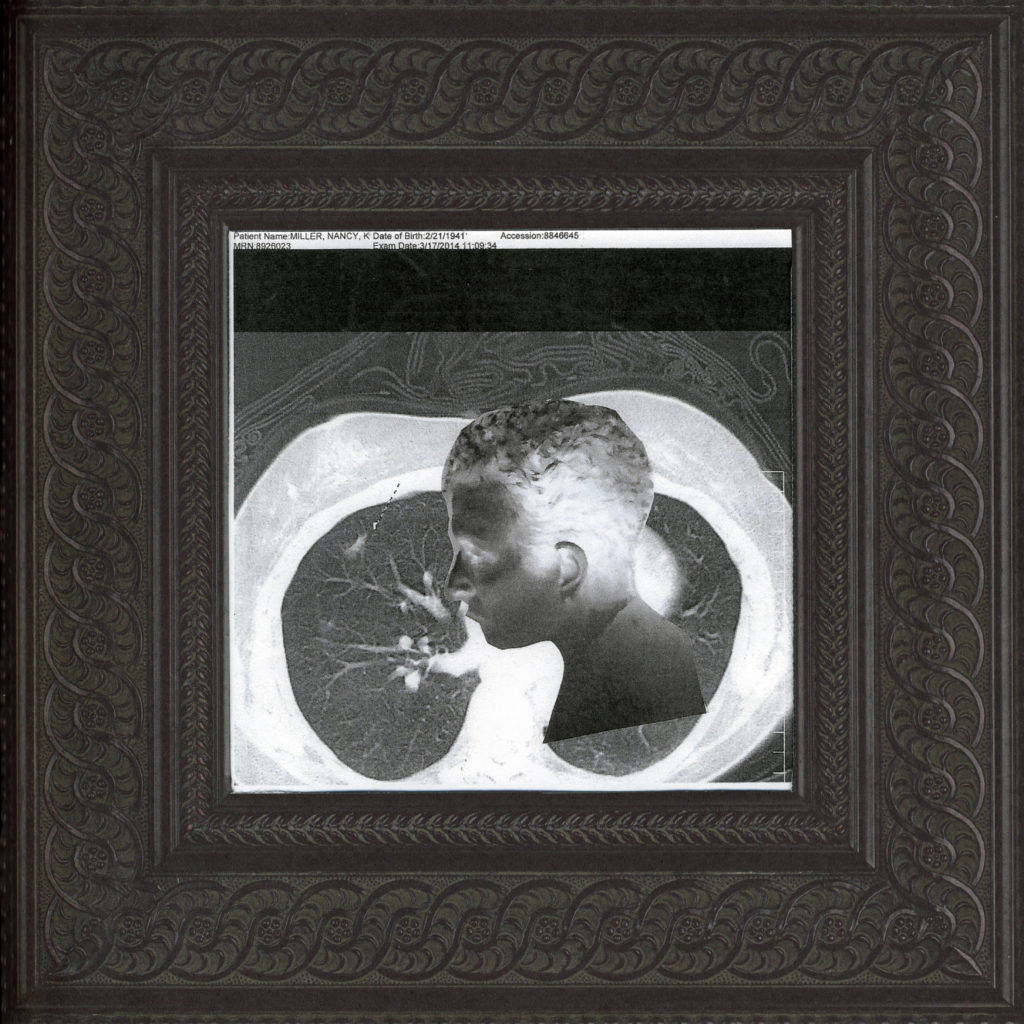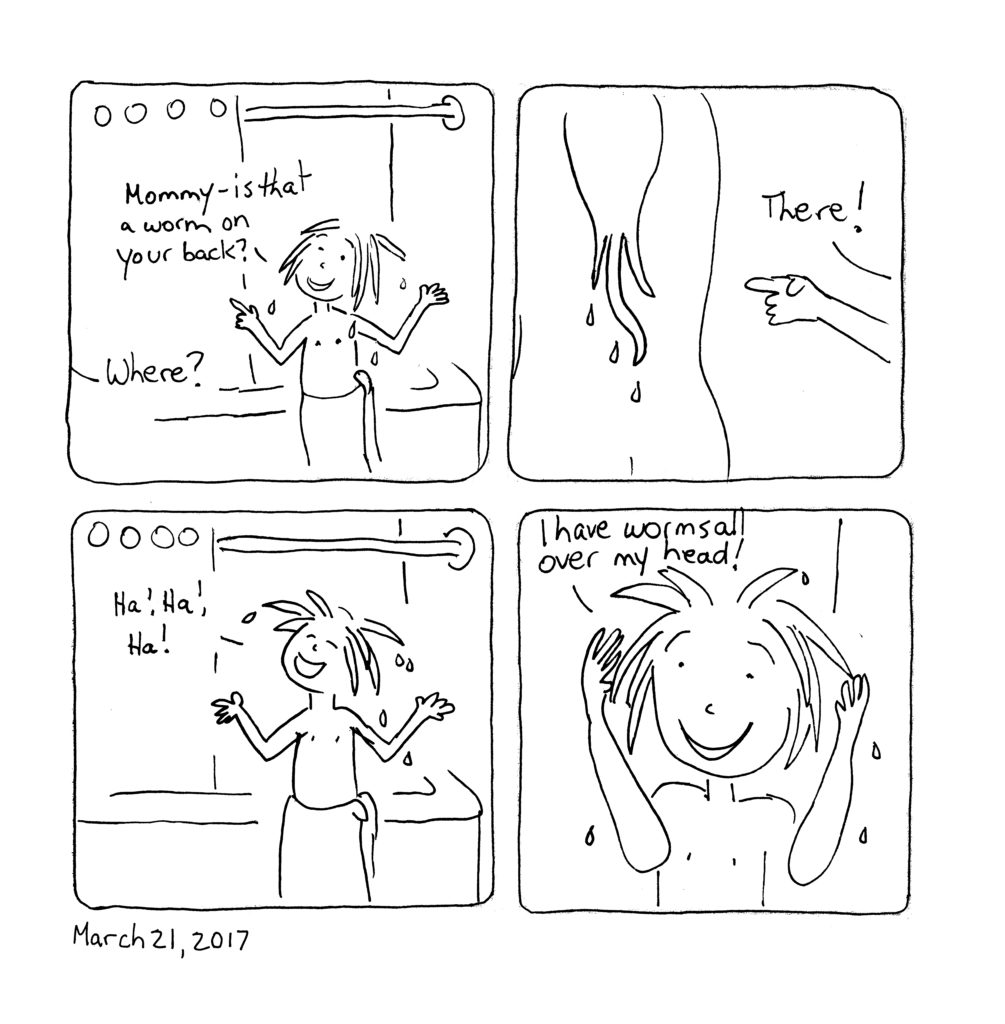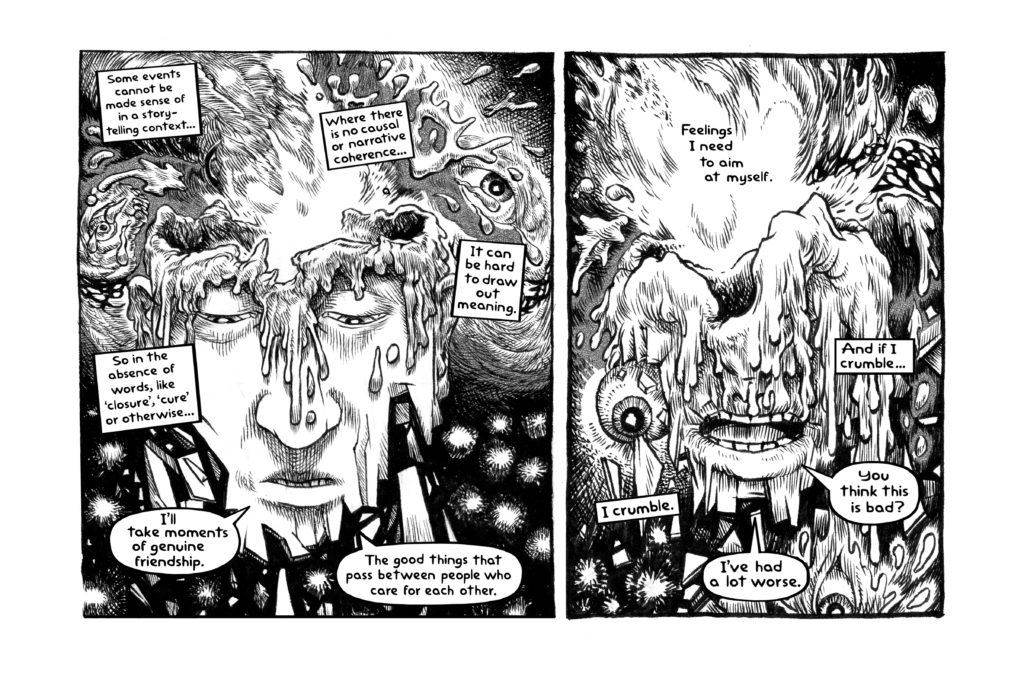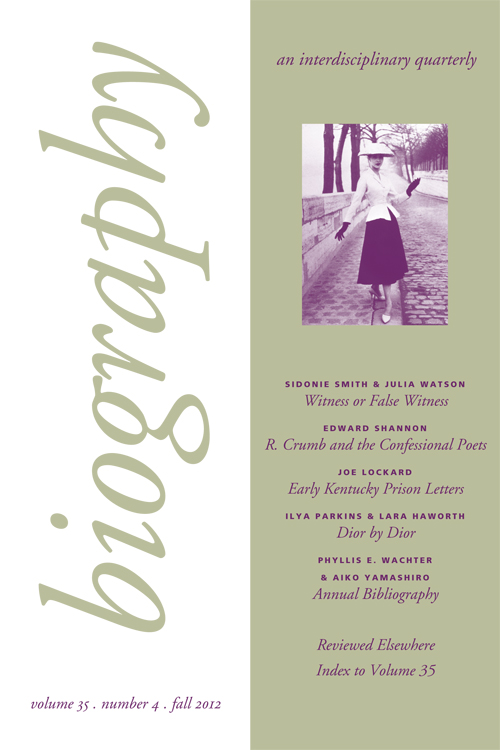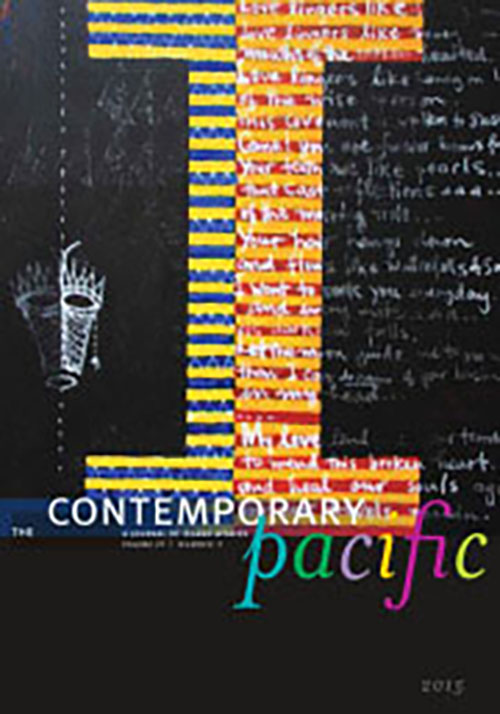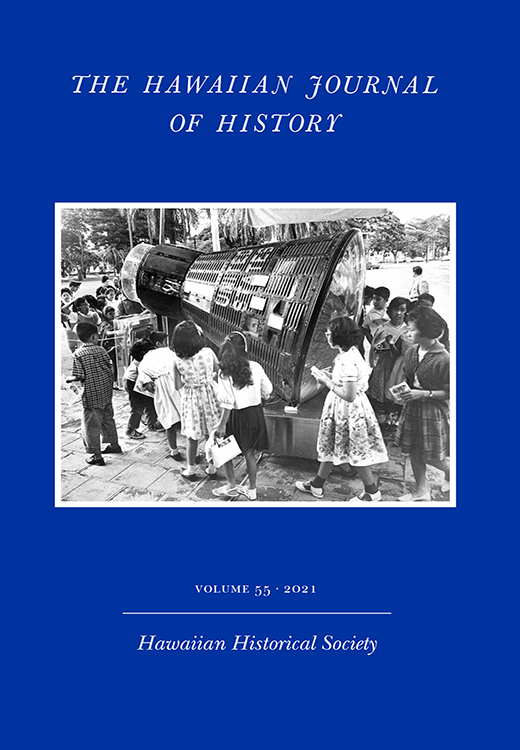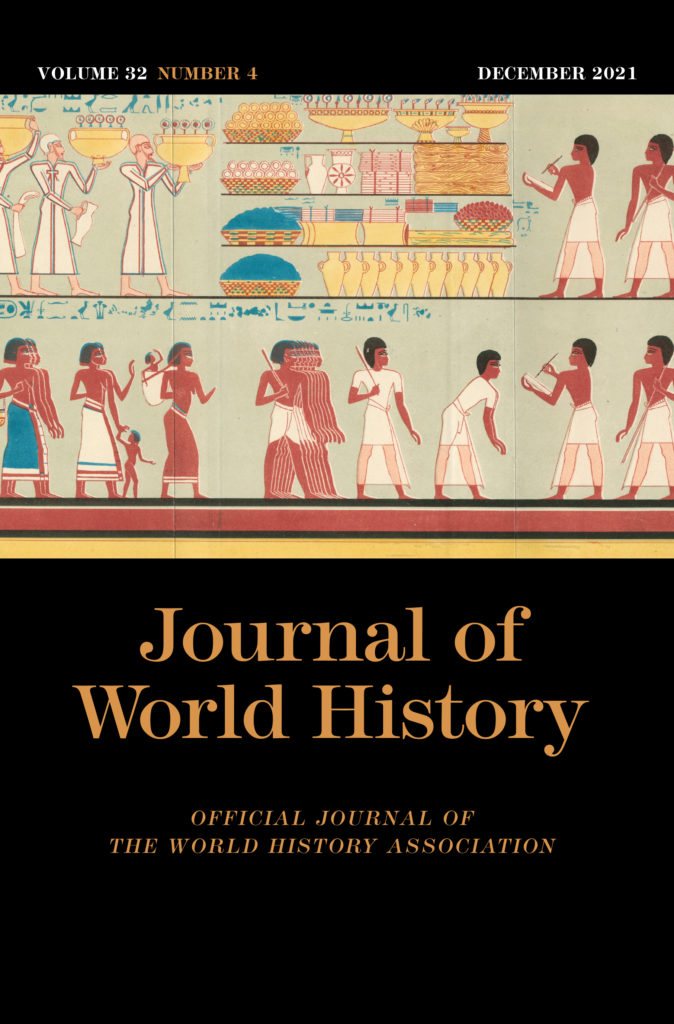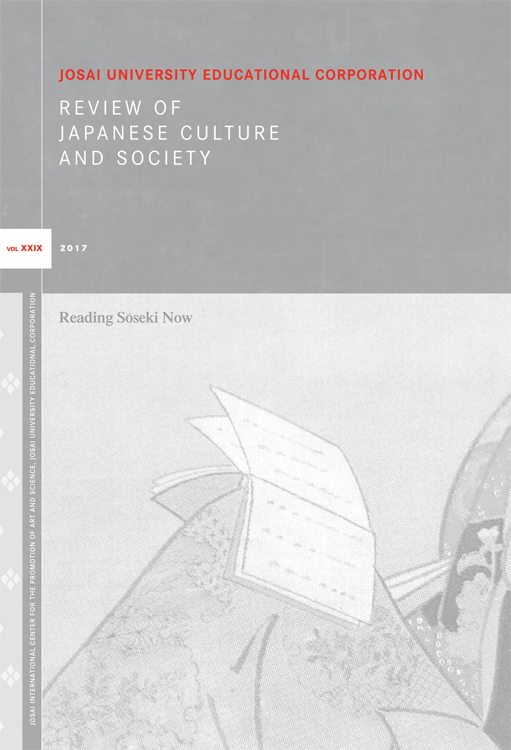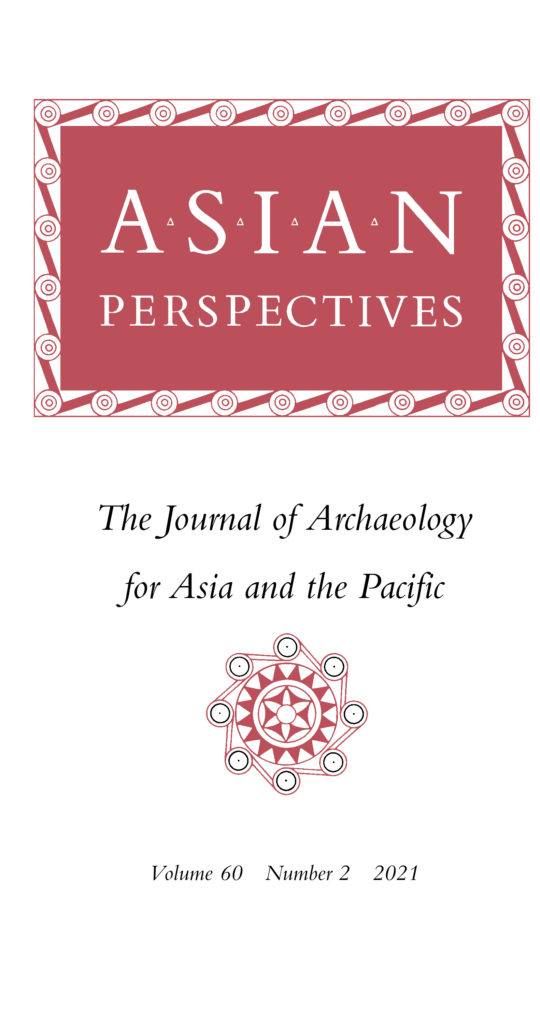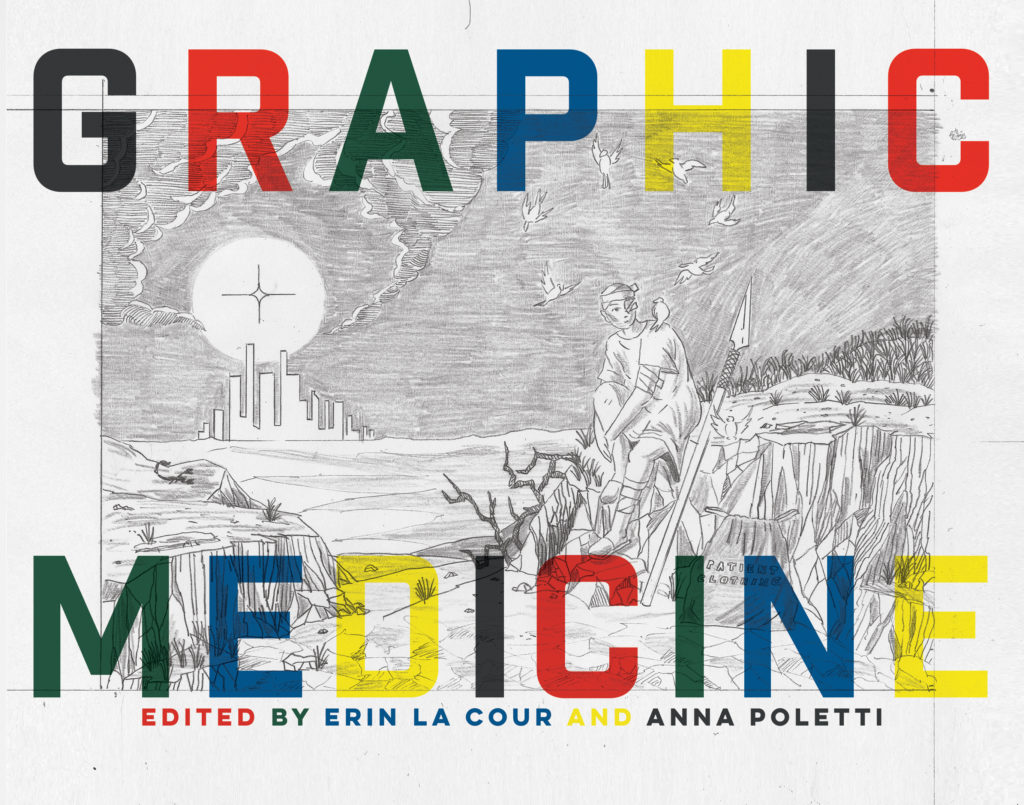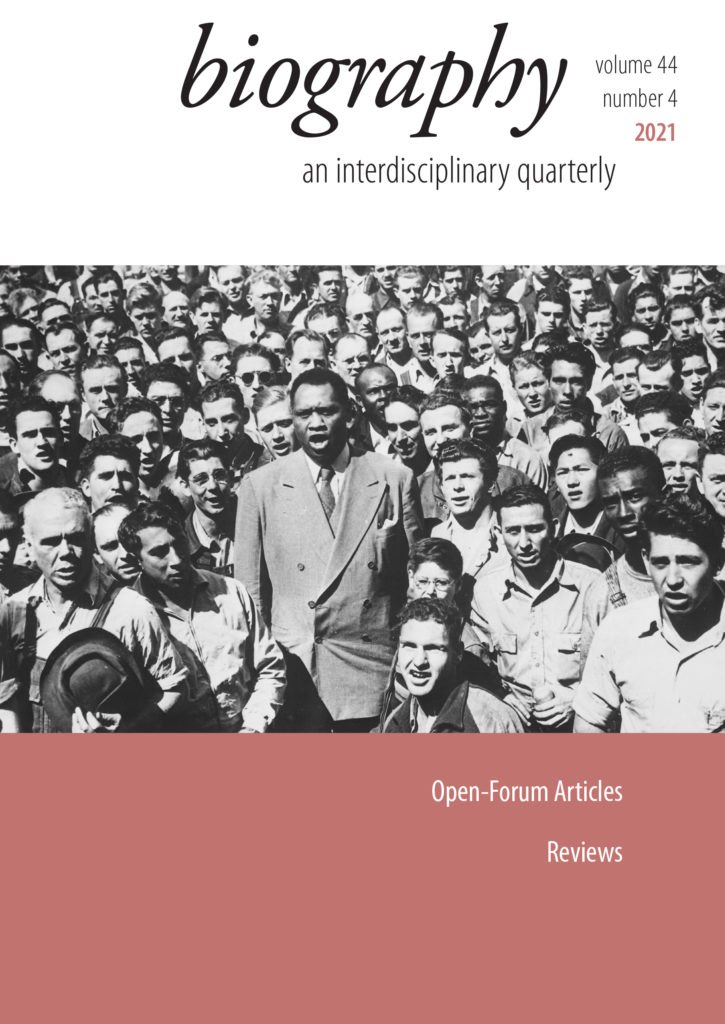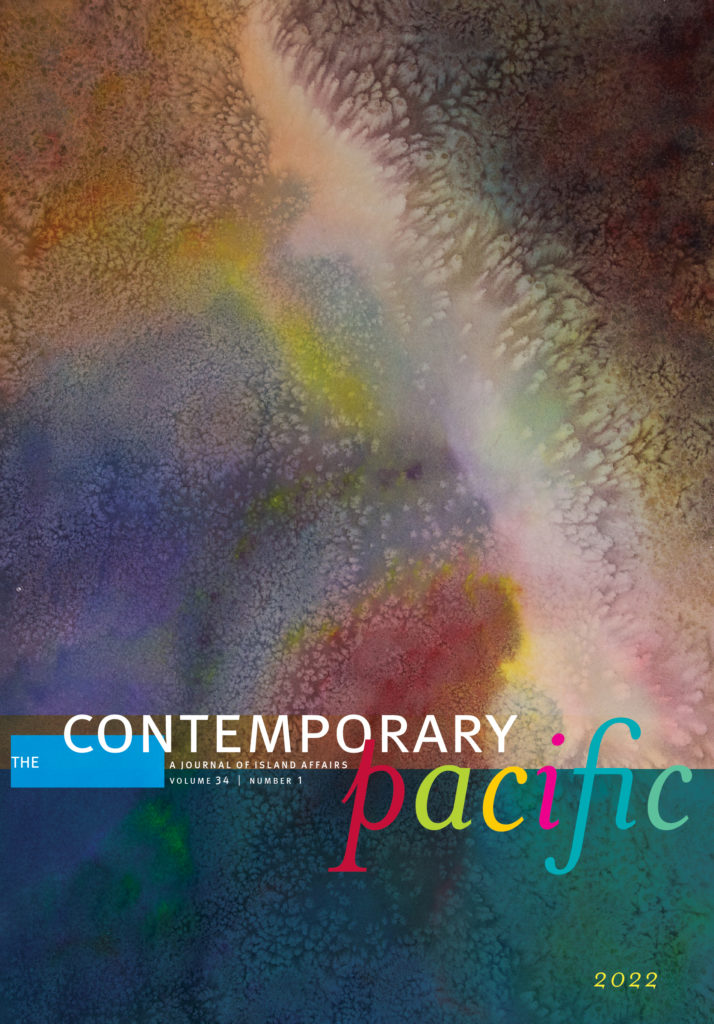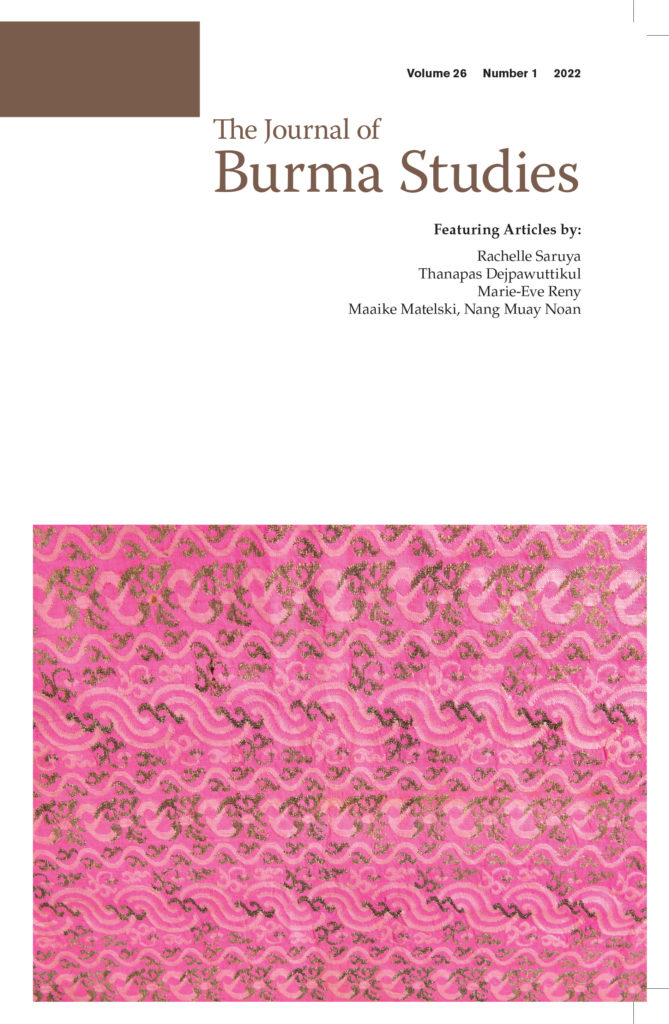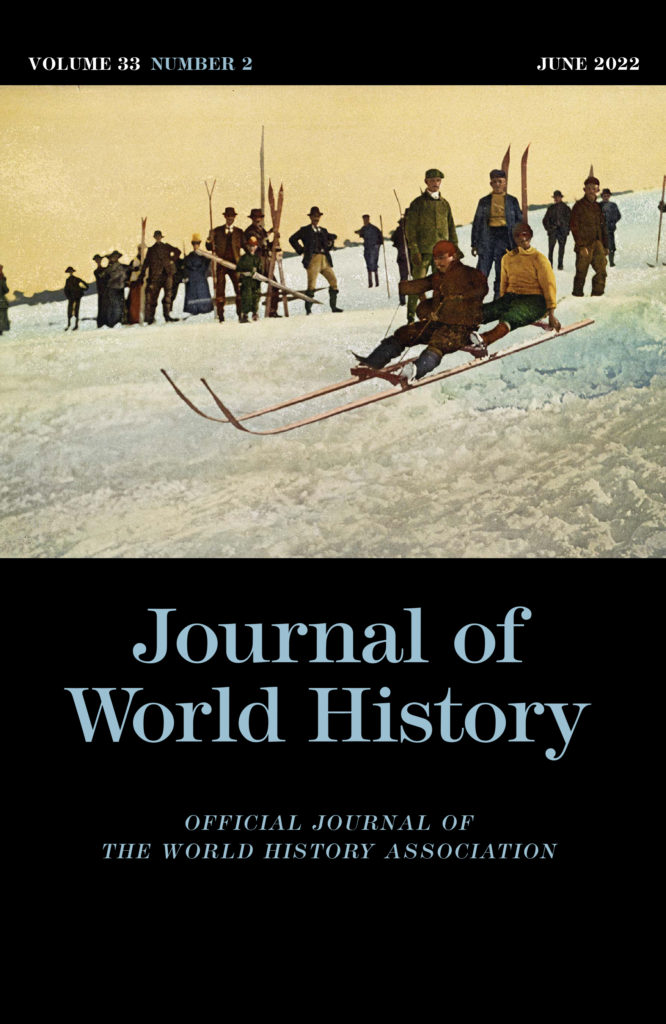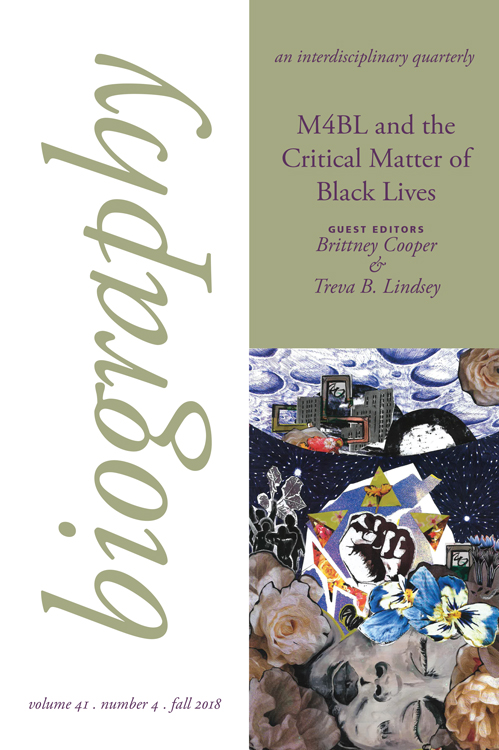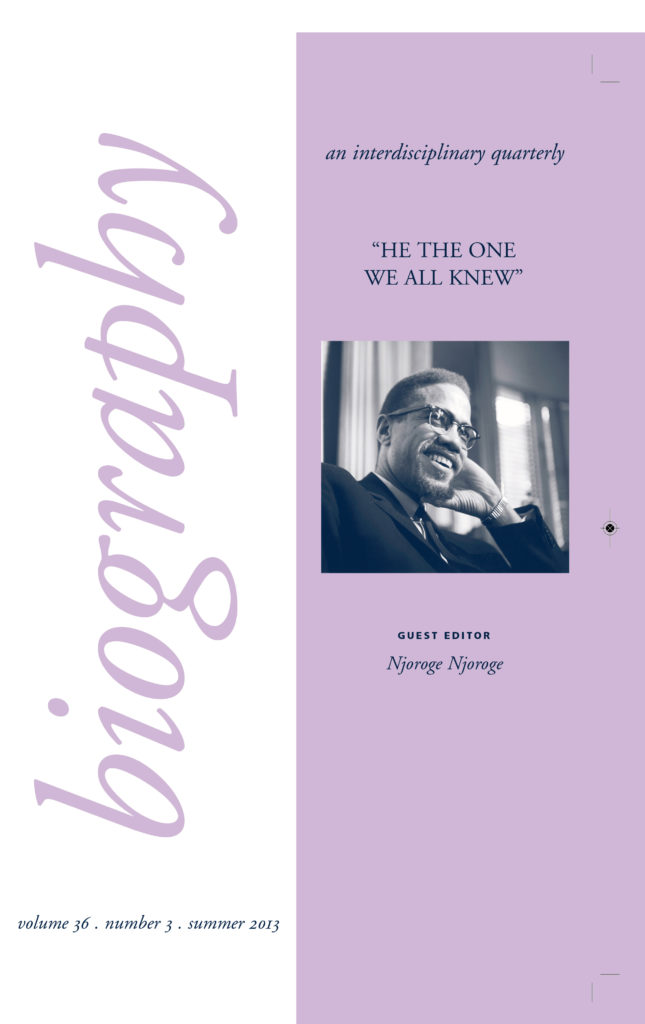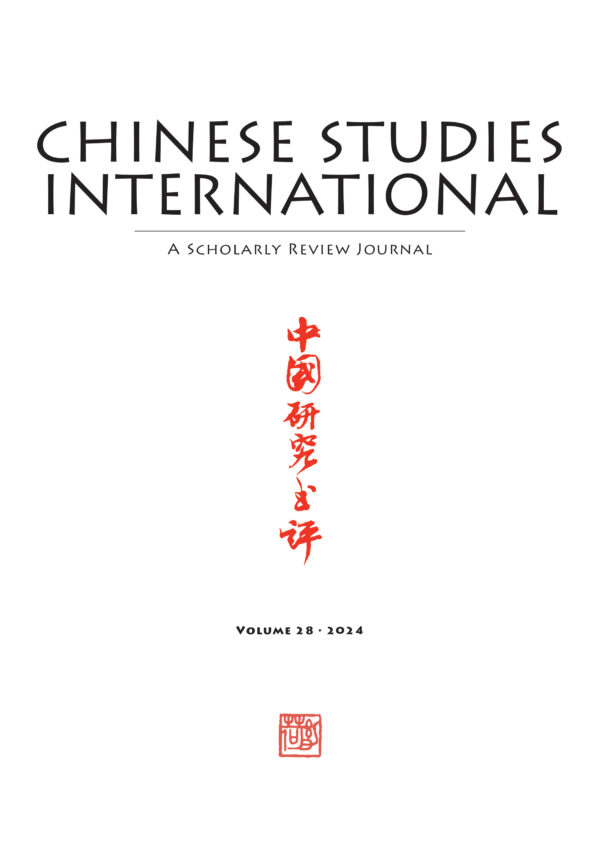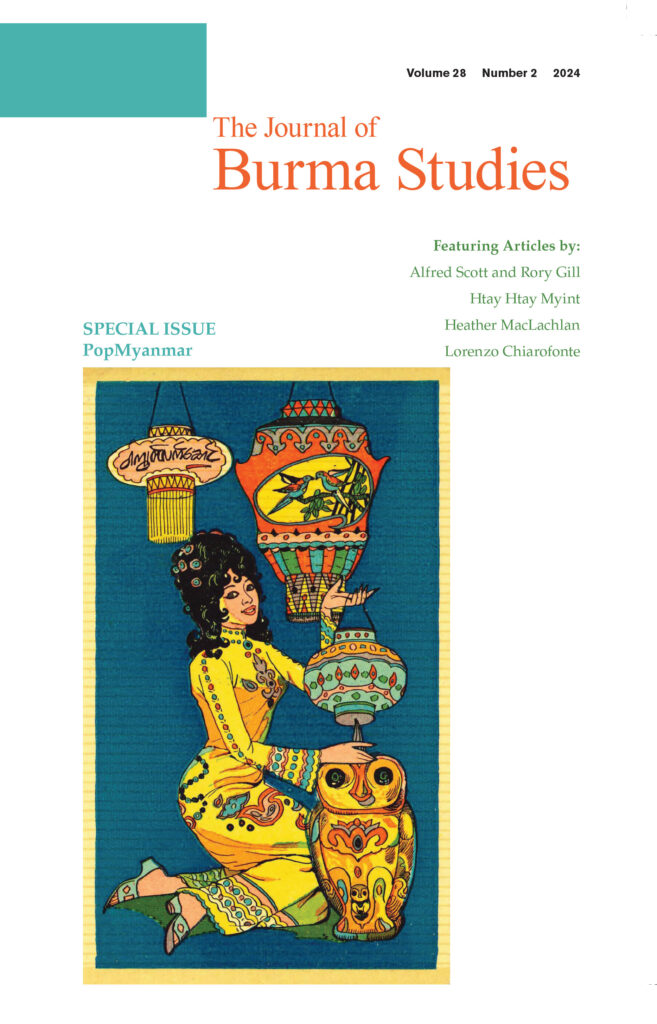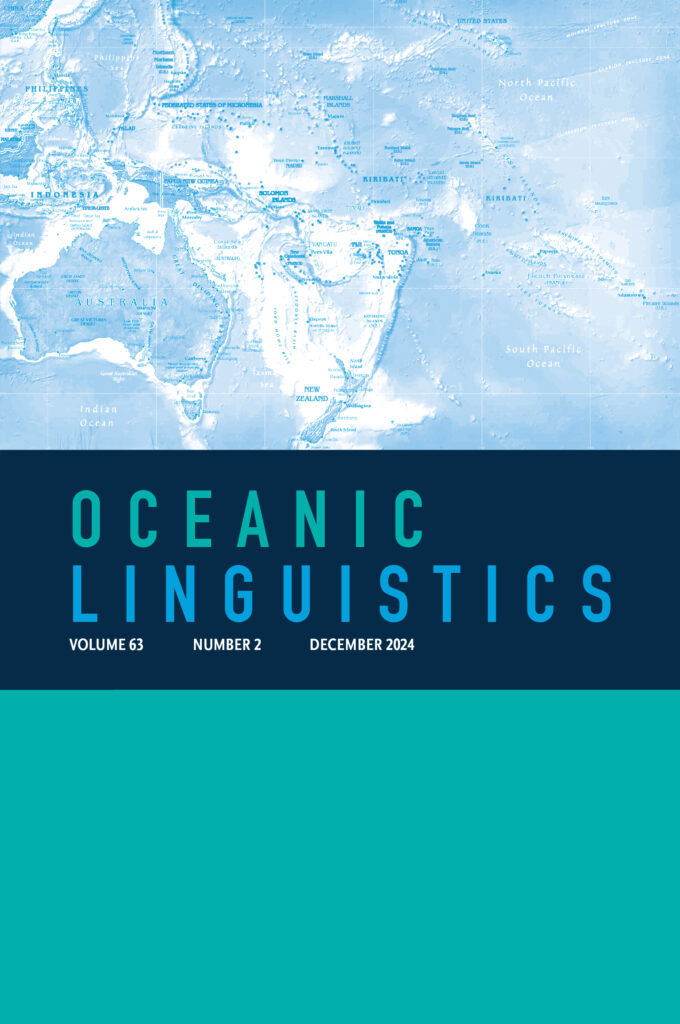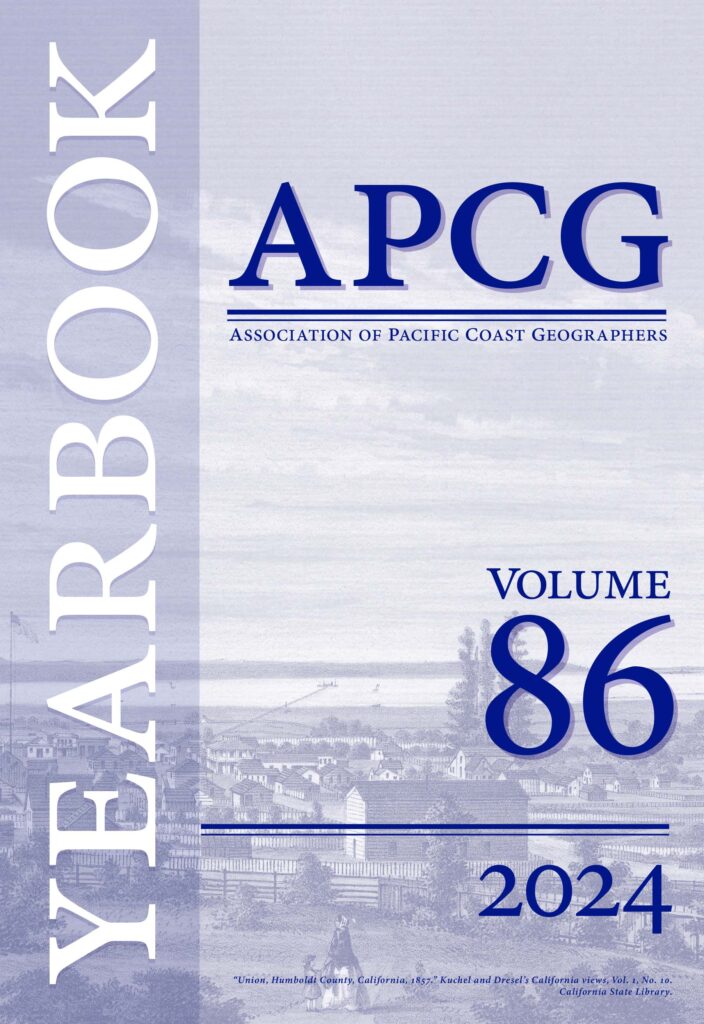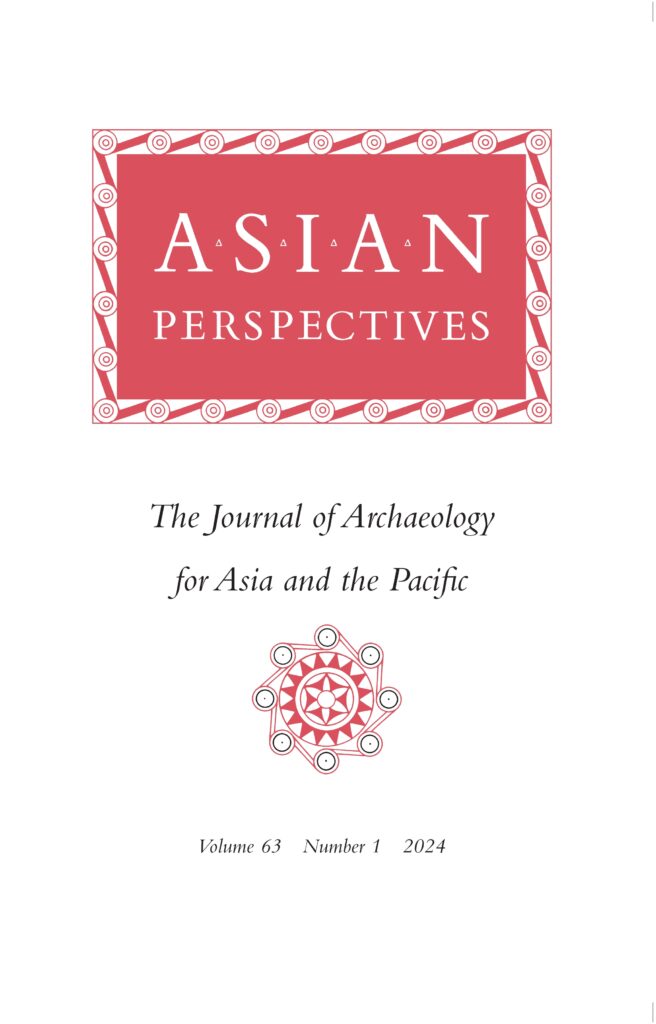
Asian Perspectives
Volume 63, Number 1 (2024)
Prehistoric Stone Ornaments from Phromtin Tai, Central Thailand: New Perspectives on Workshop Traditions through the Study of Drilling Methods
Thanik Lertcharnrit, Wannaporn Rienjang, Alison Carter, Jonathan Mark Kenoyer, and Randall W. Law
Northern Black Polished Ware: A Technological Enigma
Alok Kumar Kanungo, Oishi Roy, Varad Ingle, Chinmay Kulkarni, Prabhakar Upadhyay, and Bhuvan Vikrama
Bronze Art, Cultural Norms, and Group Identity: A Group of Late Western Zhou and Early Spring and Autumn He Vessels Analyzed in Their Temporal and Spatial Contexts
Xia Hua and Gideon Shelach-Lavi
The Birth of Yamatogoto Culture: Stringed Instruments and the Formation of Complex Society in Pre- and Protohistoric Japan
Kirie Stromberg
Remembering Douglas Ernest Yen (20 March 1924–7 July 2023)
Patrick V. Kirch
Find these articles, reviews, remembrances, and more at Project MUSE.
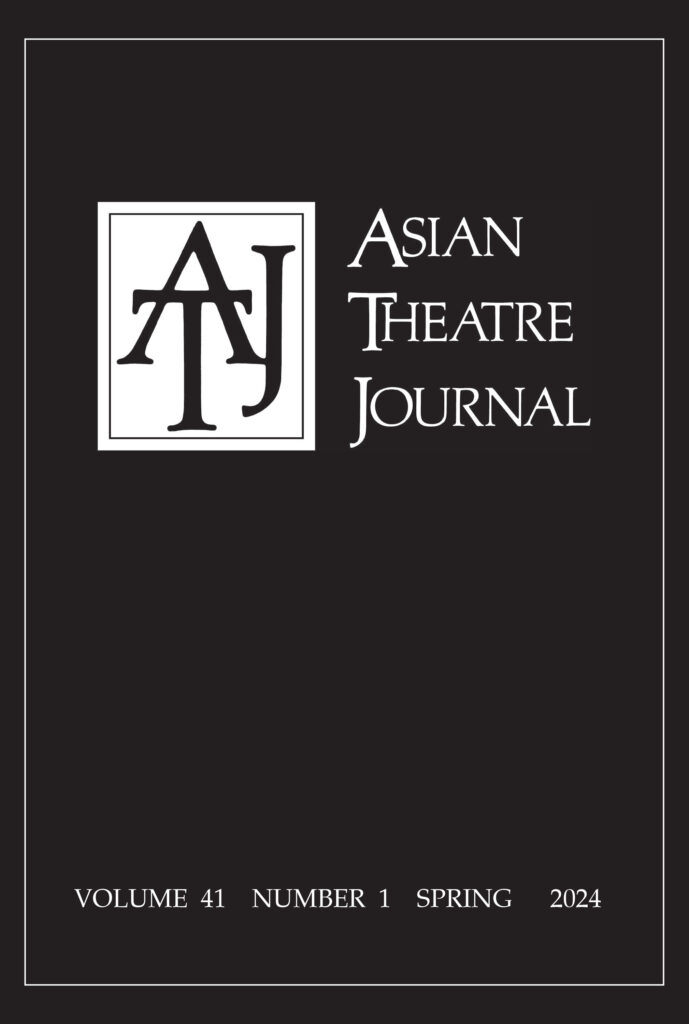
Asian Theatre Journal
Volume 41, Number 1 (2024)
‘‘Made in Korea’’: Tradition and Transculturality in Changgeuk Lear
Yeeyon Im
changeABLE cohesion: Dance and Disability in Post-war Sri Lanka
Susan A. Reed
Ugly Past/Insensitive Present: Blackface in Persian Popular Entertainment
Hesam Sharifian
“This Is a Political Play”: Making Coriolanus Relevant in Contemporary Iran
Ema Vyroubalová, Shauna O’Brien, and Mohammadreza Hassanzadeh Javanian
Find these articles, reports, reviews, and more at Project MUSE.
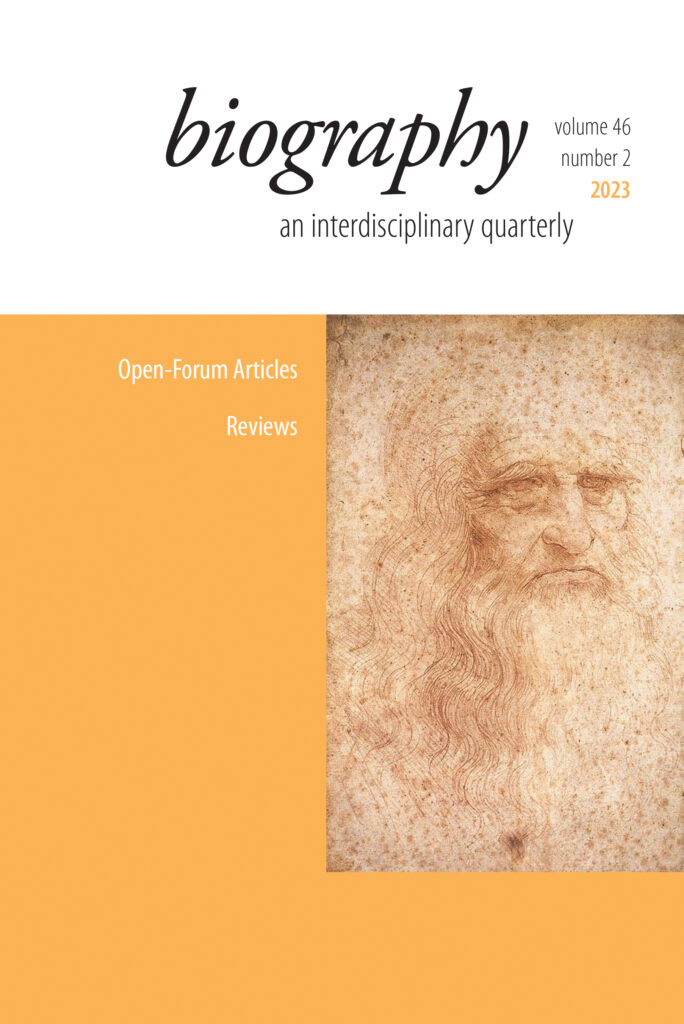
Biography
Volume 46, Number 2 (2023)
Editor Craig Howes discusses this edition and unique collection of writing:
[F]rom its first issue in 1978, Biography has been principally a forum journal, dedicated to publishing unsolicited articles from a wide variety of disciplines, and solicited reviews of recent critical and theoretical publications devoted to some aspect of life writing. This issue continues the tradition, and renews this commitment. Seven very substantial articles and twenty-one reviews—nothing else. But a quick comparison of our first and latest issues reveals that some things have changed, largely in response to changes in the field itself. Although Biography declared itself an An Interdisciplinary Quarterly from the start, all of the first six articles dealt with American, English, and French literary or historical subjects. The current issue’s seven articles deal with religious, psychoanalytic, broadcast, graphic, and social media texts from a far wider range of geographic locations—North America and Western Europe, but also the Caribbean, Eastern Europe, and Western Asia, with glances at Africa and South and Eastern Asia for important context.
Find this Editors’ Note, articles, reviews, and more at Project MUSE.
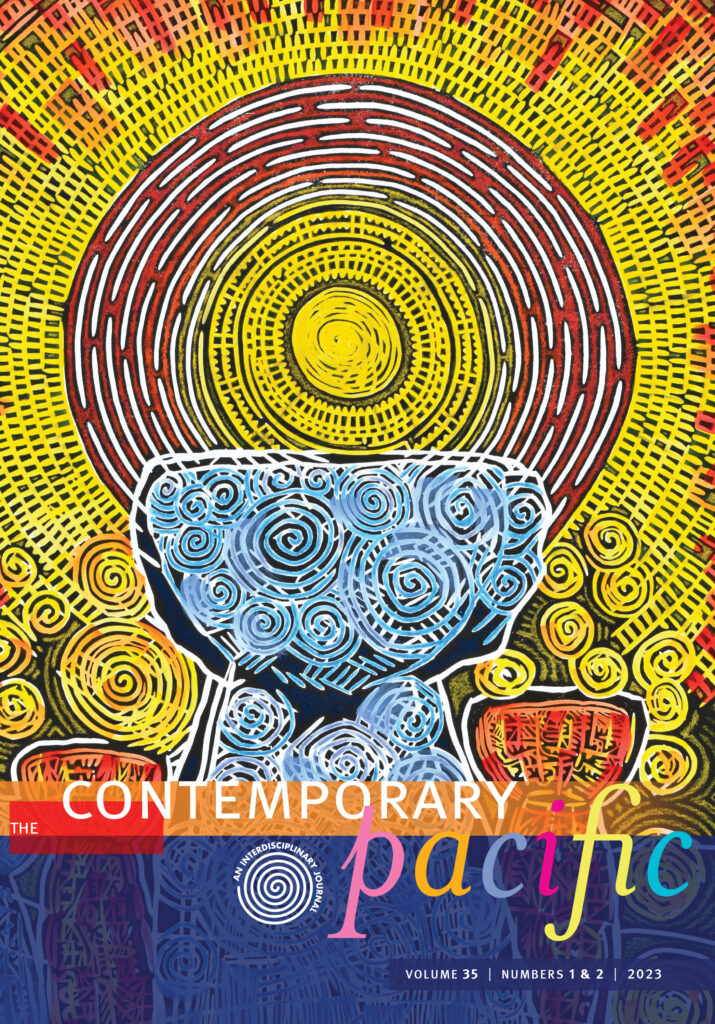
The Contemporary Pacific
Volume 35, Number 1 & 2 (2023)
About the Artist
About the Artist: Monica Dolores Baza
Katerina Teaiwa
Articles
Toward Cognitive Justice: Reconstructions of Climate Finance Governance in Fiji
Kirsty Anantharajah and Sereima Volivoli Naisilisili
Marshallese Women and Oral Traditions: Navigating a Future for Pacific History
Monica C LaBriola
“It Will Be Like a Town Here, Things Are Really Coming Up!”: Inequality in Village-Based Cruise Ship Tourism in the Trobriand Islands
Michelle MacCarthy
Dialogue: Blue-Washing Oceania
Blue-Washing the Colonization and Militarization of “Our Ocean”
Craig Santos Perez
Our Islands, Our Refuge: Response to Craig Santos Perez’s “Blue-Washing the Colonization and Militarization of ‘Our Ocean'”
Theresa (Isa) Arriola
Moana Nui Rising: A Response to “Blue-Washing the Colonization and Militarization of ‘Our Ocean'”
Nālani Wilson-Hokowhitu
Find these articles, reviews, dialogues, and more at Project MUSE.
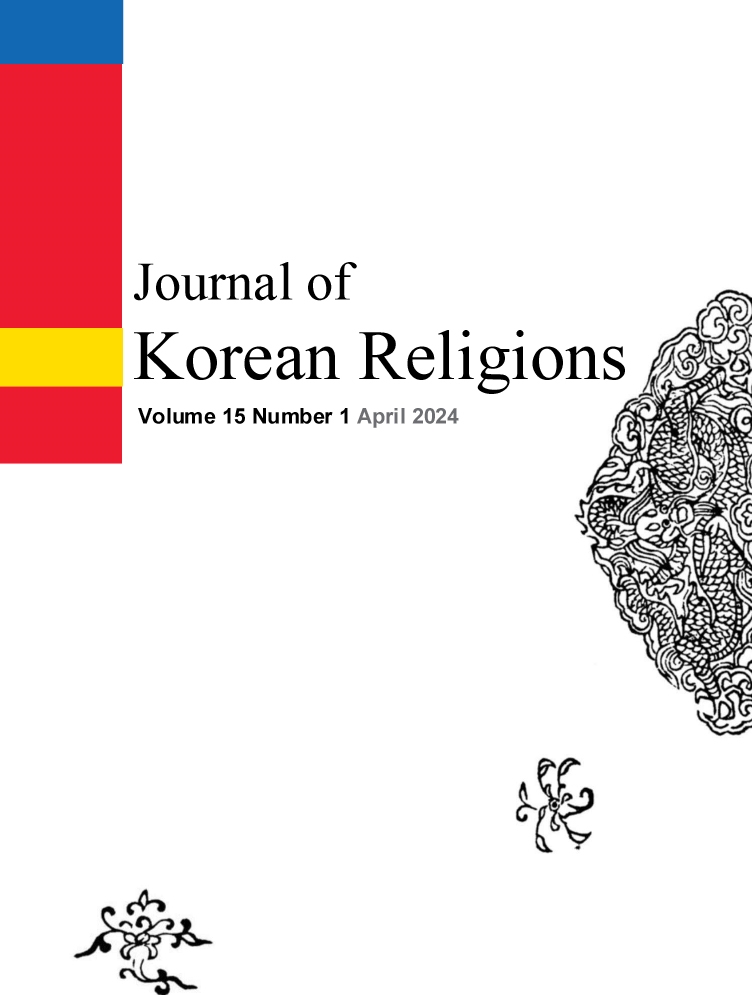
Journal of Korean Religions
Volume 15, Number 1 (2024)
Notes on the Pŏphwa yŏnghŏmjŏn and Its Korean Sources
Maurizio Riotto
The Mañjuśrī Assembly (Munsuhoe 文殊會) in Fourteenth-Century Korea: Its Philosophical Underpinnings and Implications
Kim Jongmyung
Do-It-Yourself Dhāraṇīs in Contemporary Korean Buddhism
Richard D. McBride II
An Interview with Dr. Laurel Kendall
Find these research articles, interviews, and more at Project MUSE.

Journal of the Southeast Asian Linguistics Society
Volume 17, Number 1 (2024)
Voice And Pronominal Forms In Kayan (Uma Nyaving)
Alexander D. Smith, Michael Yoshitaka Erlewine, and Carly J. Sommerlot
Chronology of Registrogenesis in Khmer: Analyses of Poetry and Inscriptions
Sireemas Mapong
Classifiers and Definiteness in Longdu (Min Chinese)
Joanna Ut-Seong Sio
Notes on the sociopolitical history of nomenclatures in Northeast India
Pauthang Haokip
Remembering Michel Ferlus (1935-2024)
Alexis Michaud and Minh Châu Nguyên
Find these research papers, data paper, reviews, bibliographies, remembrances, and more at eVols.
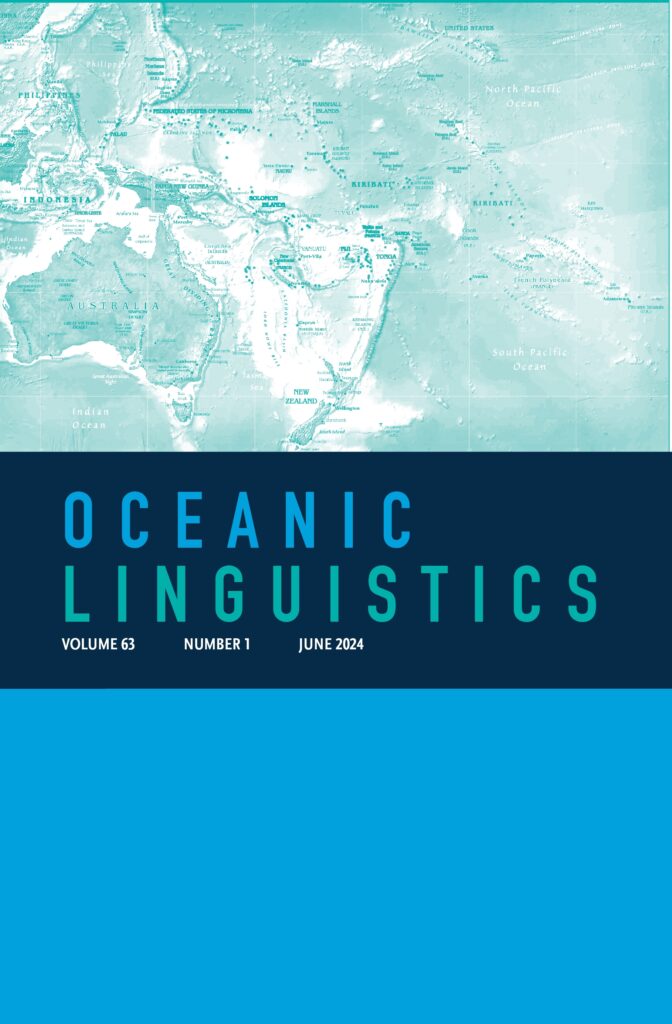
Oceanic Linguistics
Volume 63, Number 1 (2024)
Middle, Reflexive, and Reciprocal Constructions in Nalögo: A Typological and Diachronic Account
Valentina Alfarano
The Grammaticalization of Self and Self-World in East Mekeo: Personhood as a Closed System
Alan Jones
Development of a *kl- Consonant Cluster into Phrase-Initial Epenthetic Breathiness in Ende (Eastern Indonesia)
Alexander Elias
Sumatran
Blaine Billings and Bradley McDonnell
The Phonetic Nature of PAn *j
Laurent Sagart
Austronesian Lexemes in Basa Latala of Borneo: A Punan Sajau Song Language
Juliette Blevins and Daniel Kaufman
Find these articles, squibs, and more at Project MUSE.
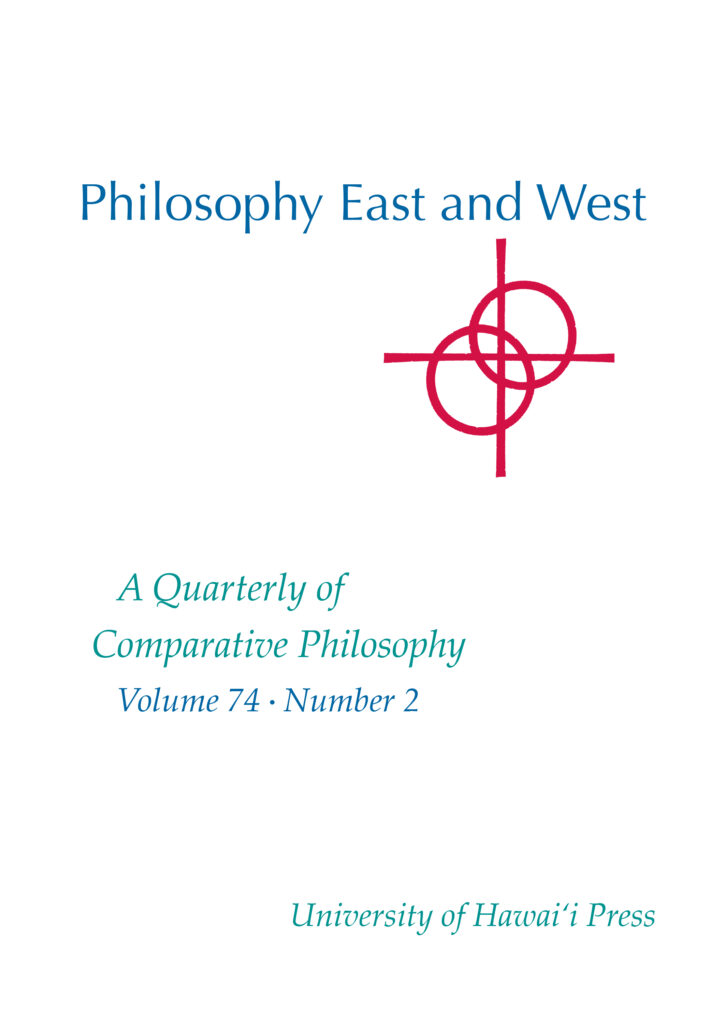
Philosophy East and West
Volume 74, Number 2 (2024)
“What Troubles the World Is Discontentment”: The Rhetorical Politics of Guo Xiang’s 郭象 Zhuangzi 莊子 Commentary
Lucas Rambo Bender
Loving Attention: Buddhaghosa, Katsuki Sekida, and Iris Murdoch on Meditation and Moral Development
Mark Fortney
Artificial Minds and the Dilemma of Personal Identity
Christian Coseru
Consciousness and Machines: A Commentary Drawing on Japanese Philosophy
S. D. Noam Cook
Sikh Philosophy as a Philosophy-of-Practice
Monika Kirloskar-Steinbach
Find these articles, reviews, and more at Project MUSE.
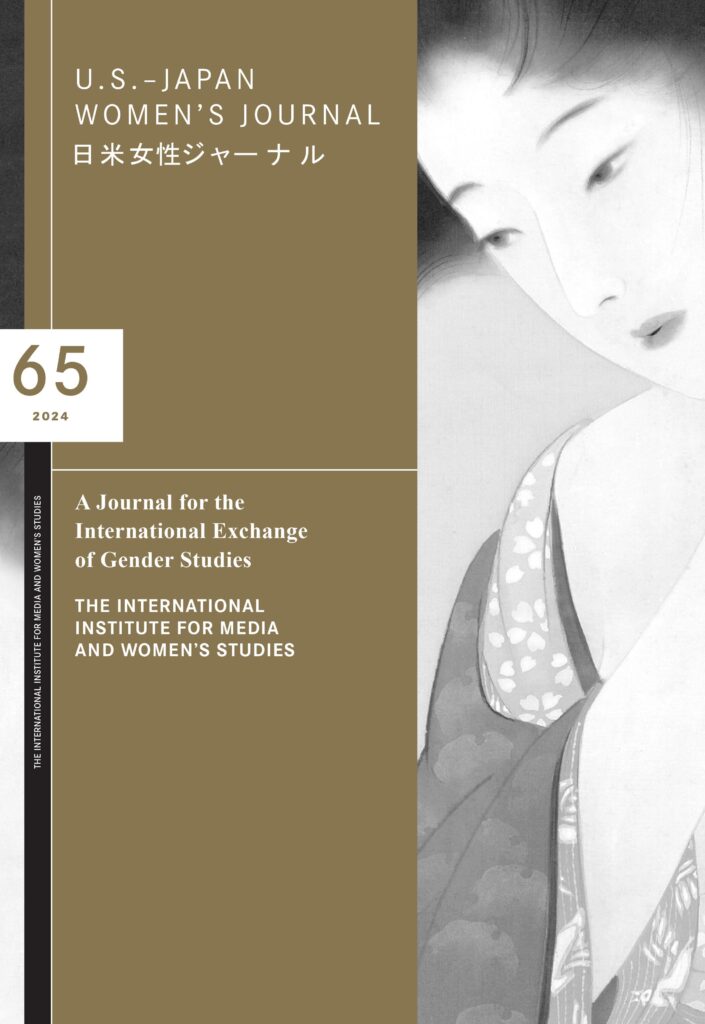
U.S. Japan Women’s Journal
Number 65 (2024)
Osaki Midori: The World of Wandering in the Realm of the Seventh Sense (Part 1) / 尾崎翠・「第七官界彷徨」の世界
Mizuta Noriko, Wachi Yasuko, and Jennifer Cullen
The Poetics of Space in Enchi Fumiko’s The Waiting Years / 円地文子『女坂』における空間の詩学
Adam Manfredi
Koigoromo (Robe of Love) Part 2: A Translation of Masuda Masako’s “Complete Devotion” / 『恋衣』英訳(2):増田雅子の「みをつくし」
Nicholas Albertson
Find these articles and more at Project MUSE.





